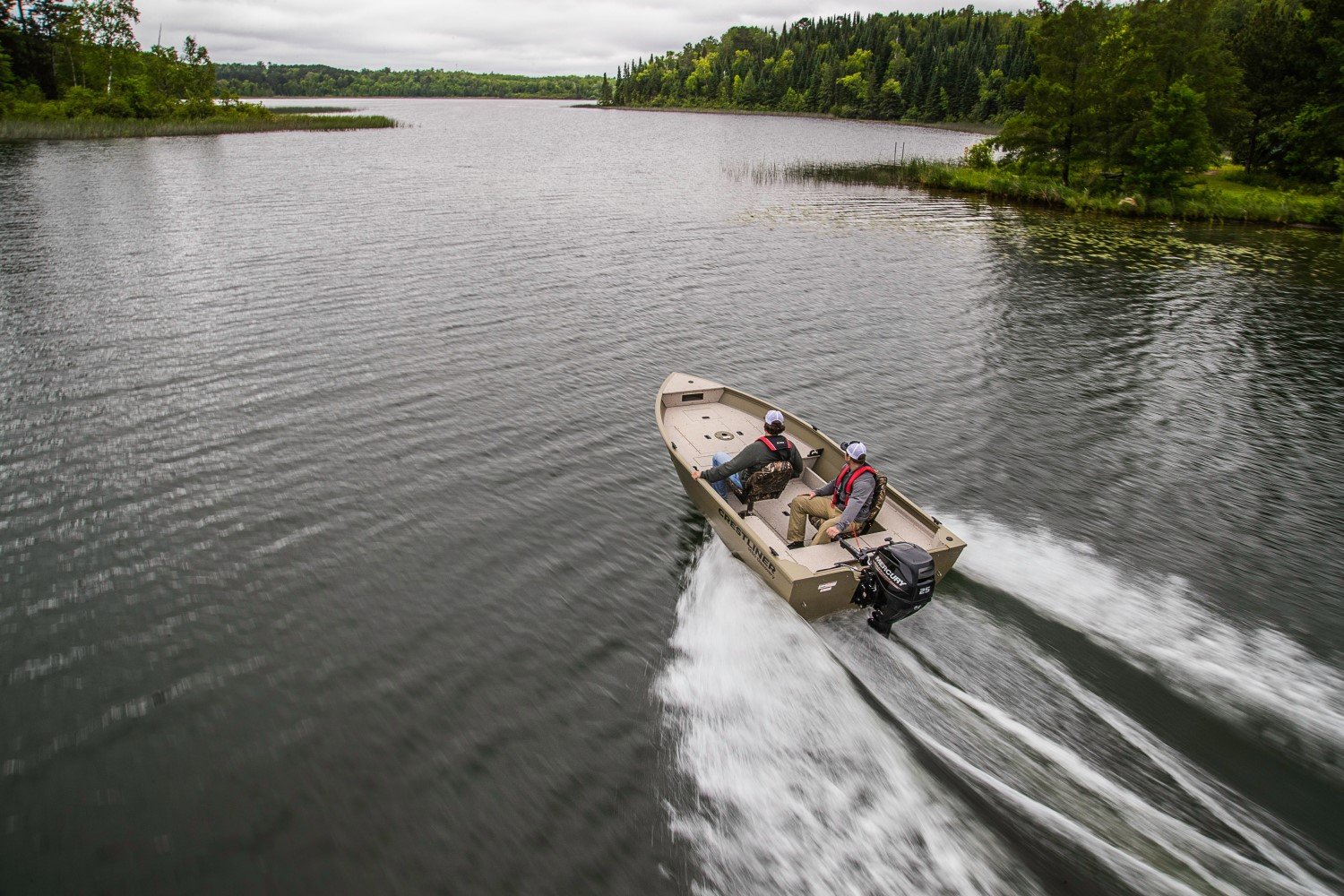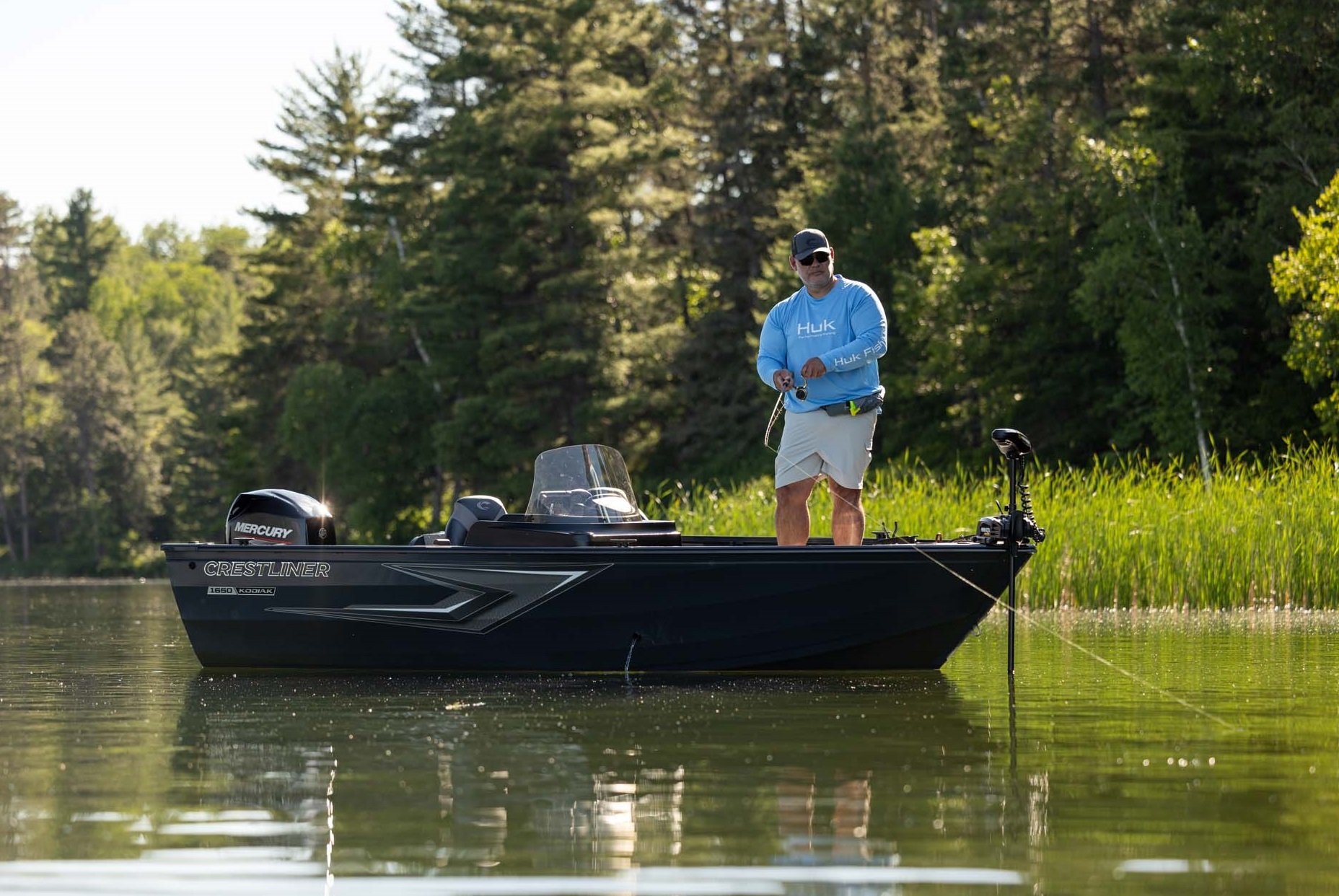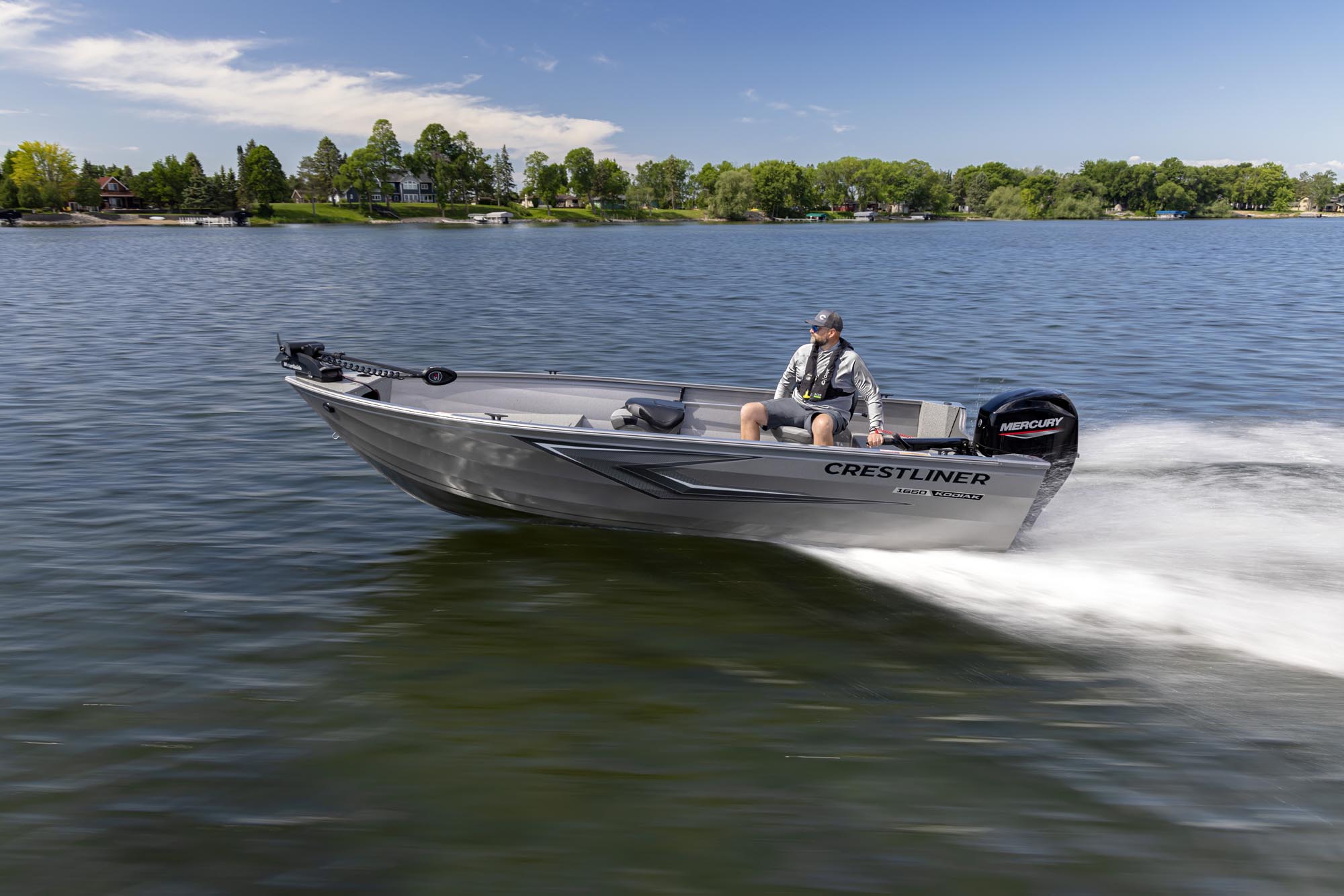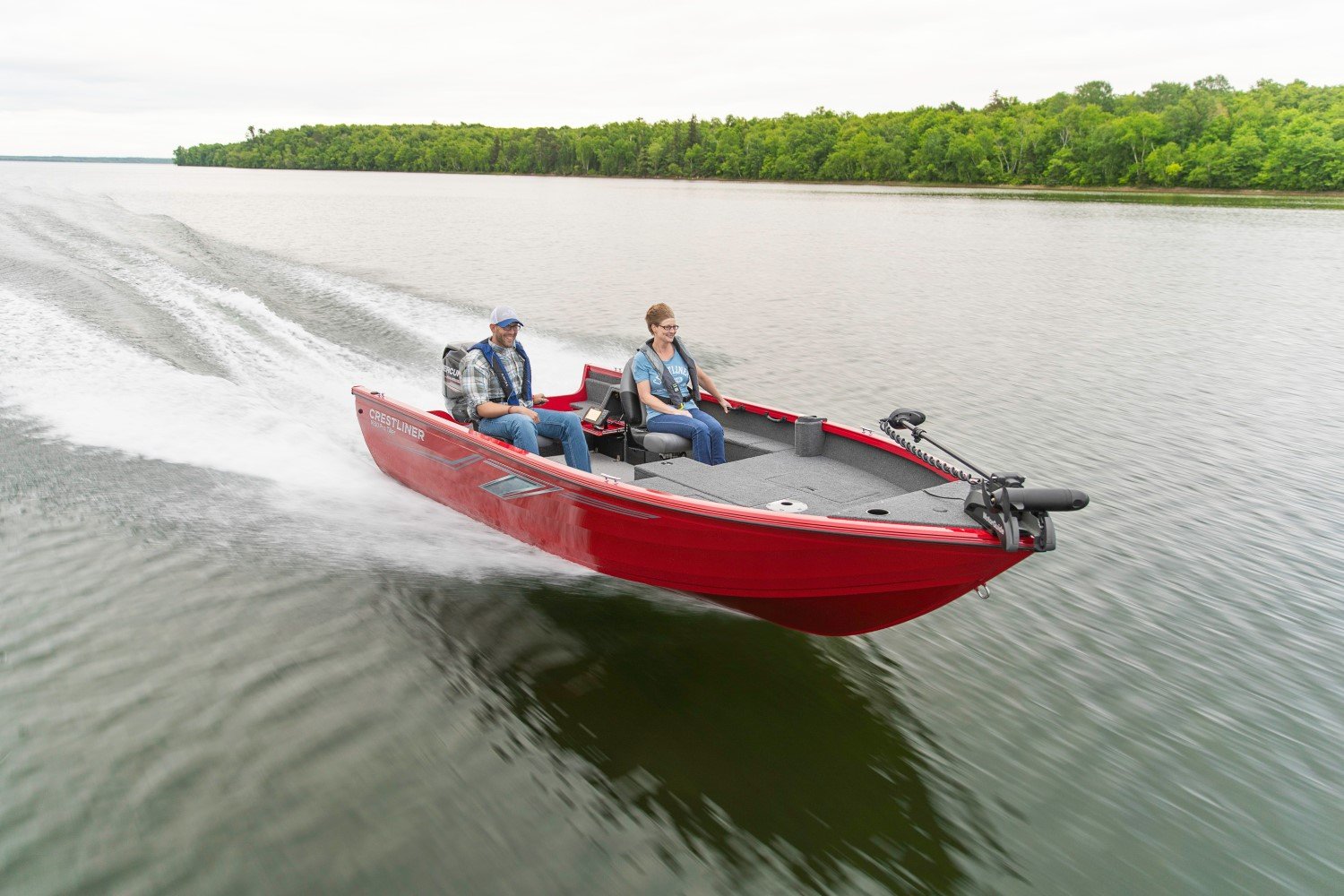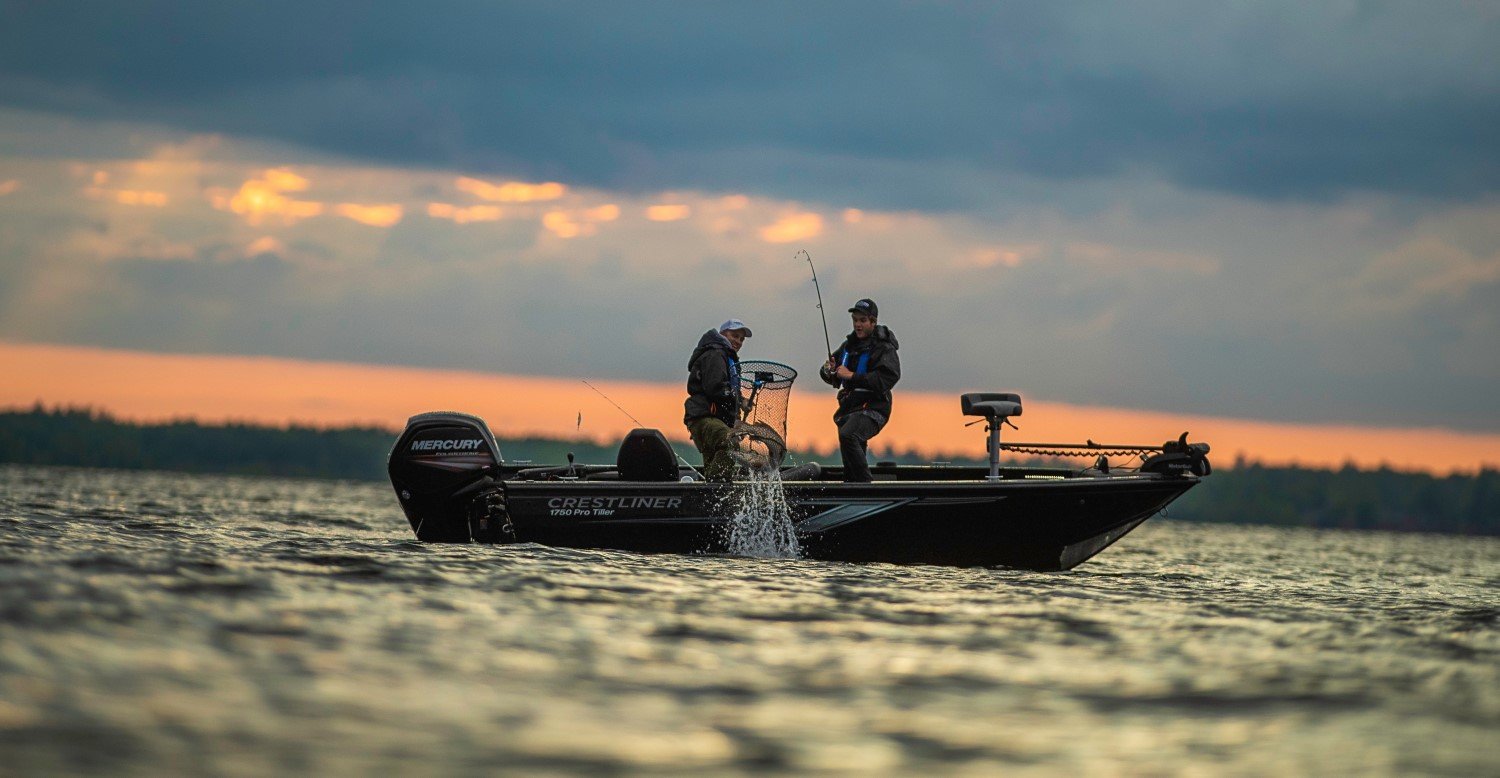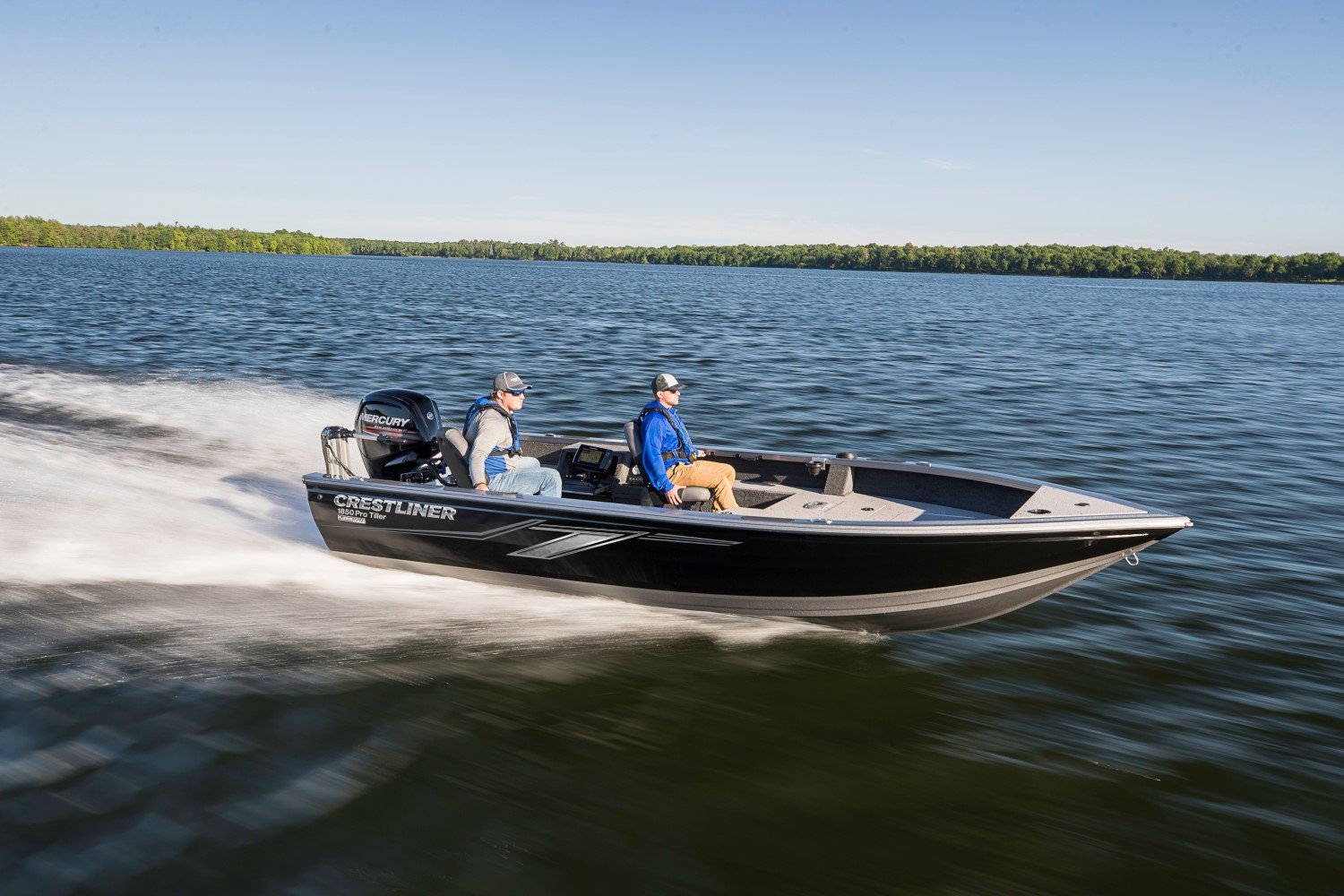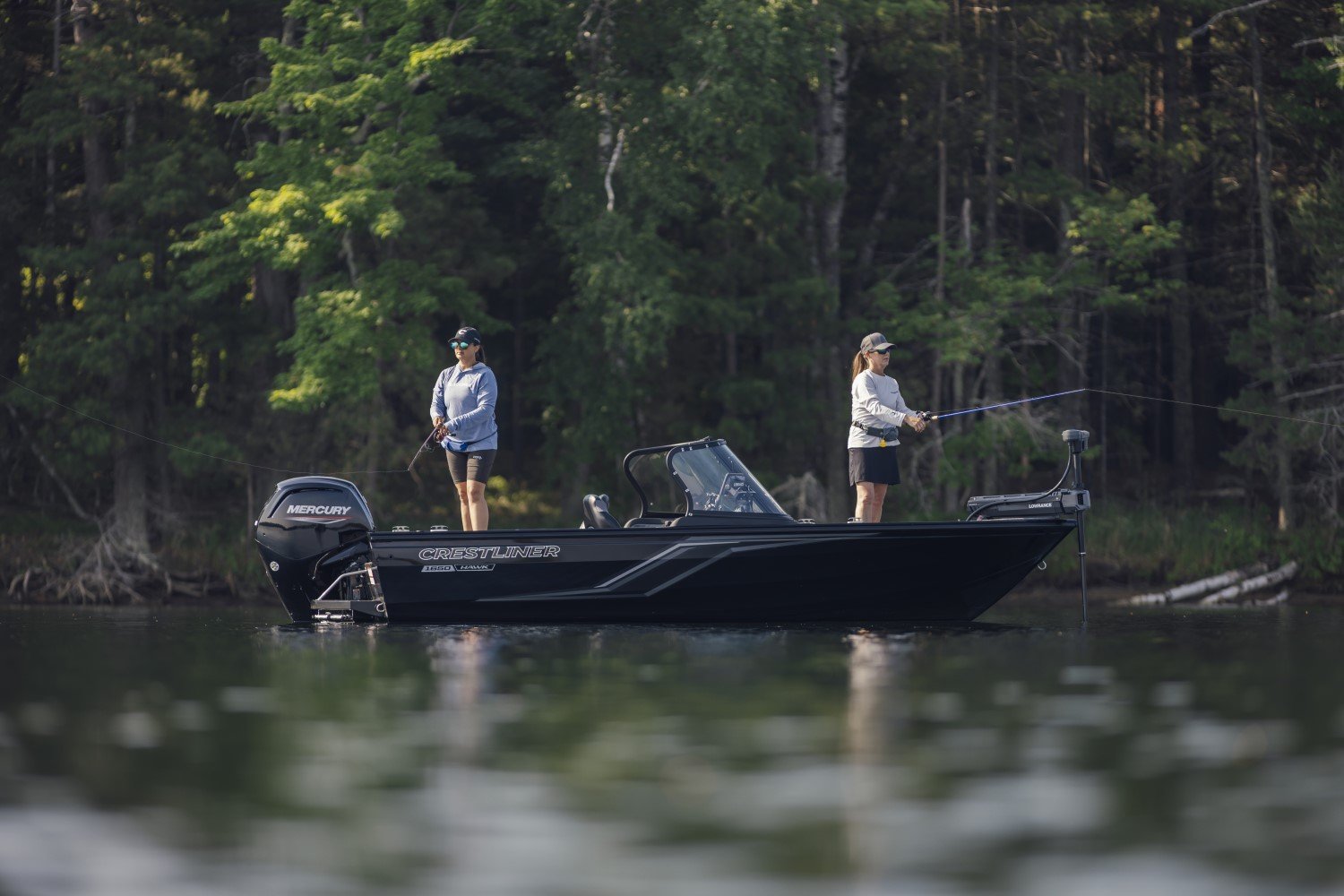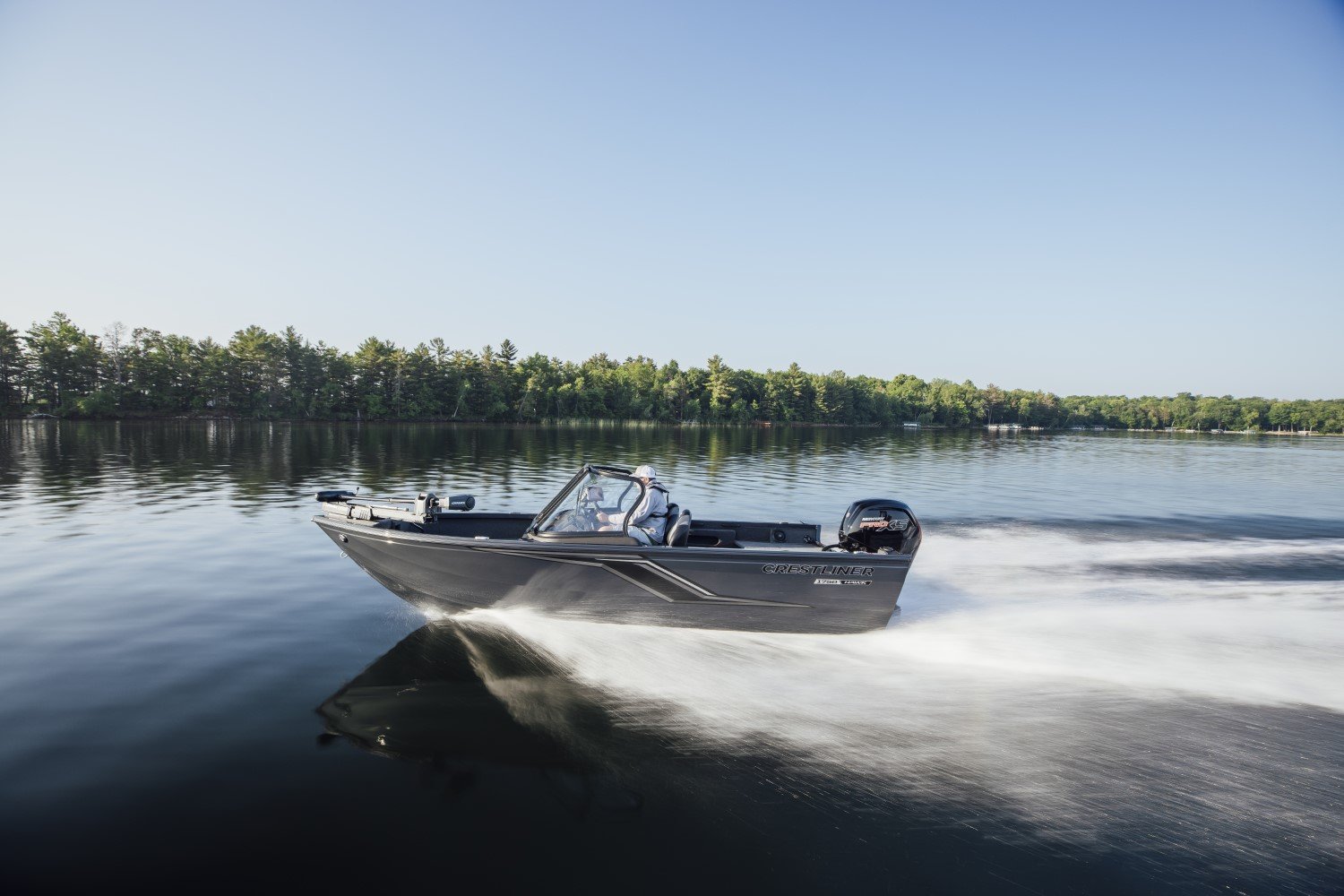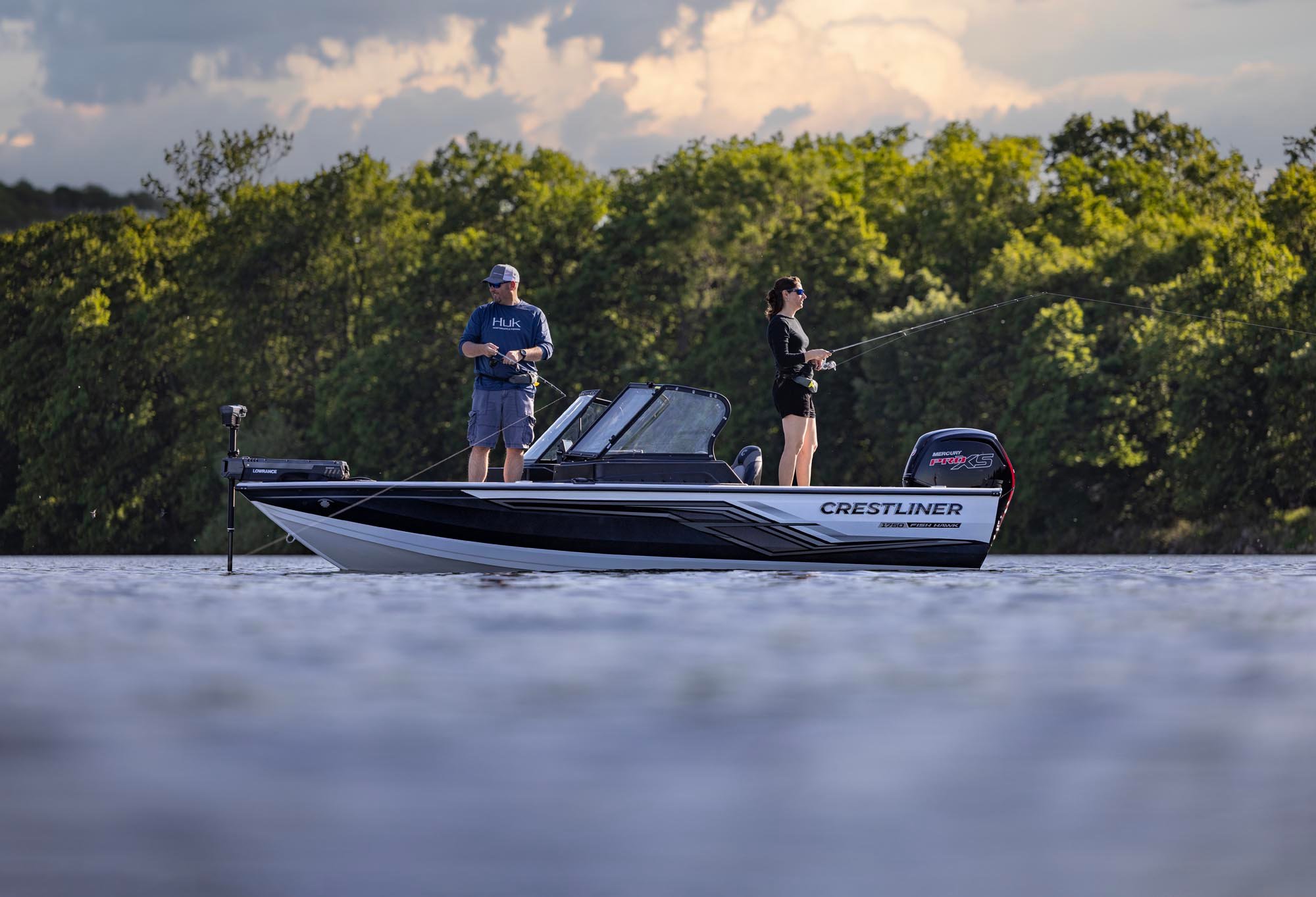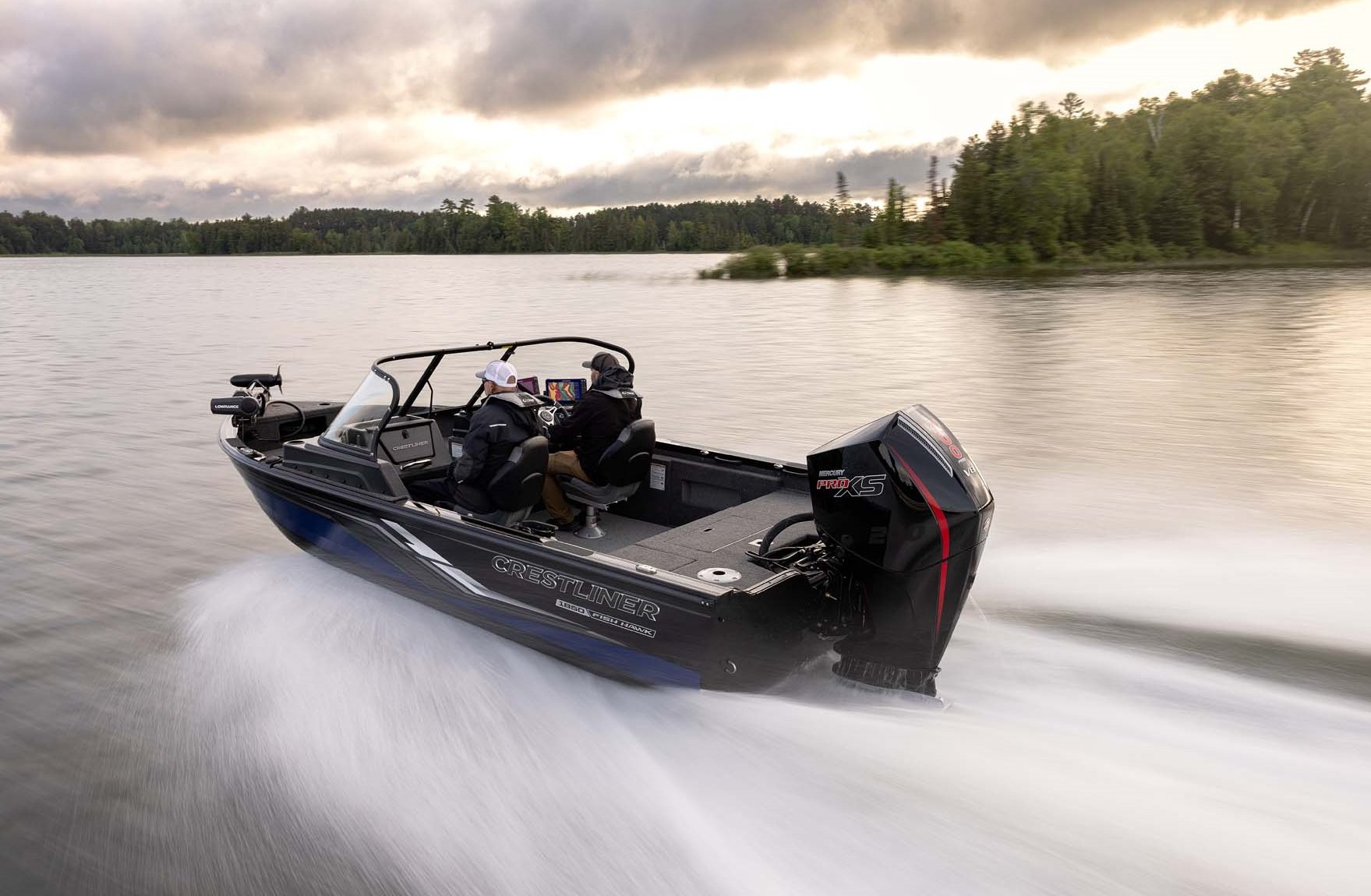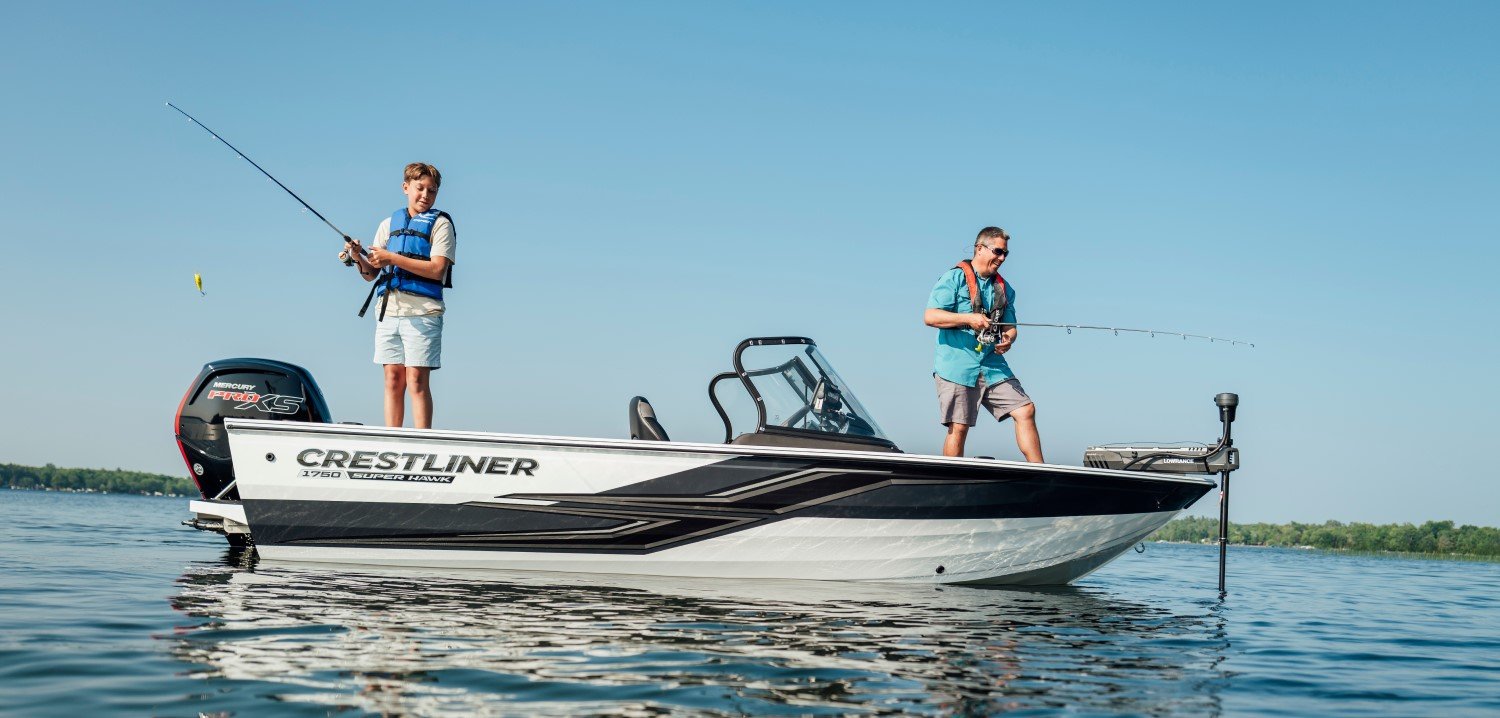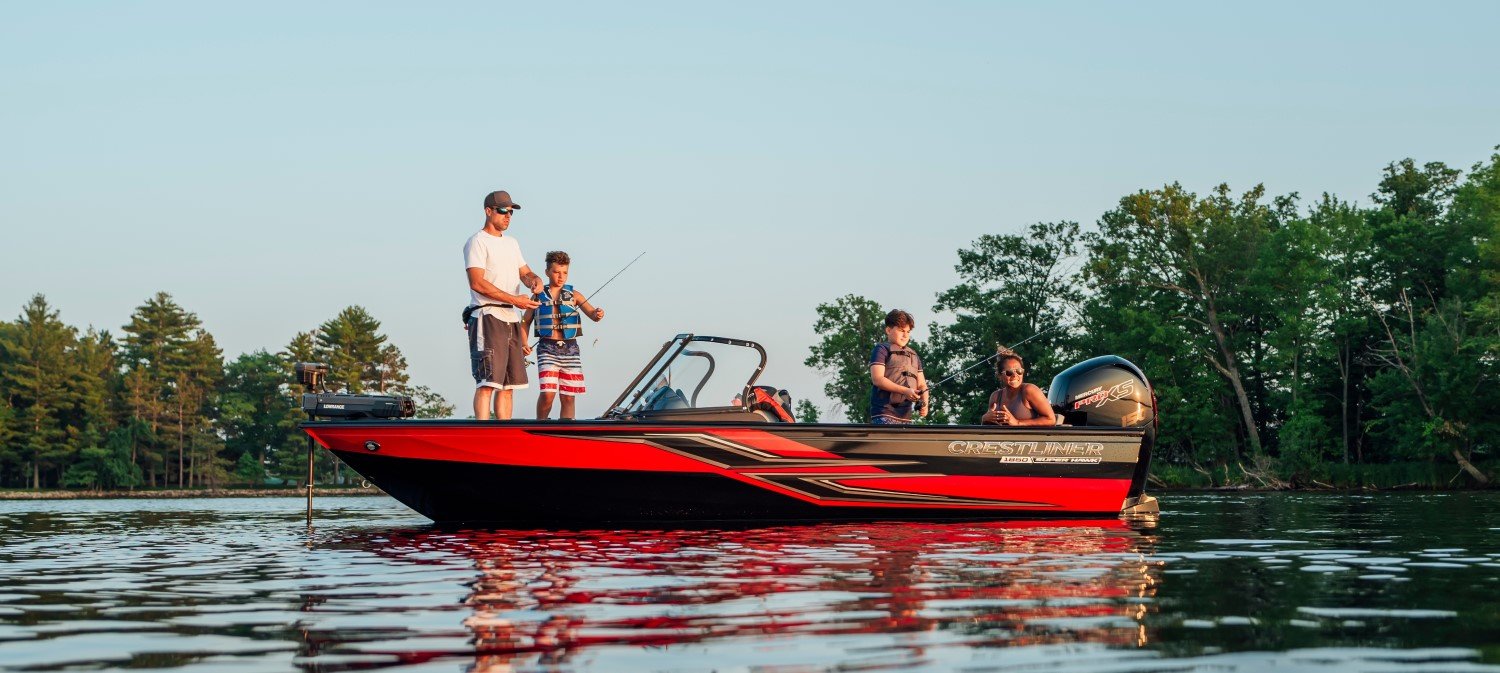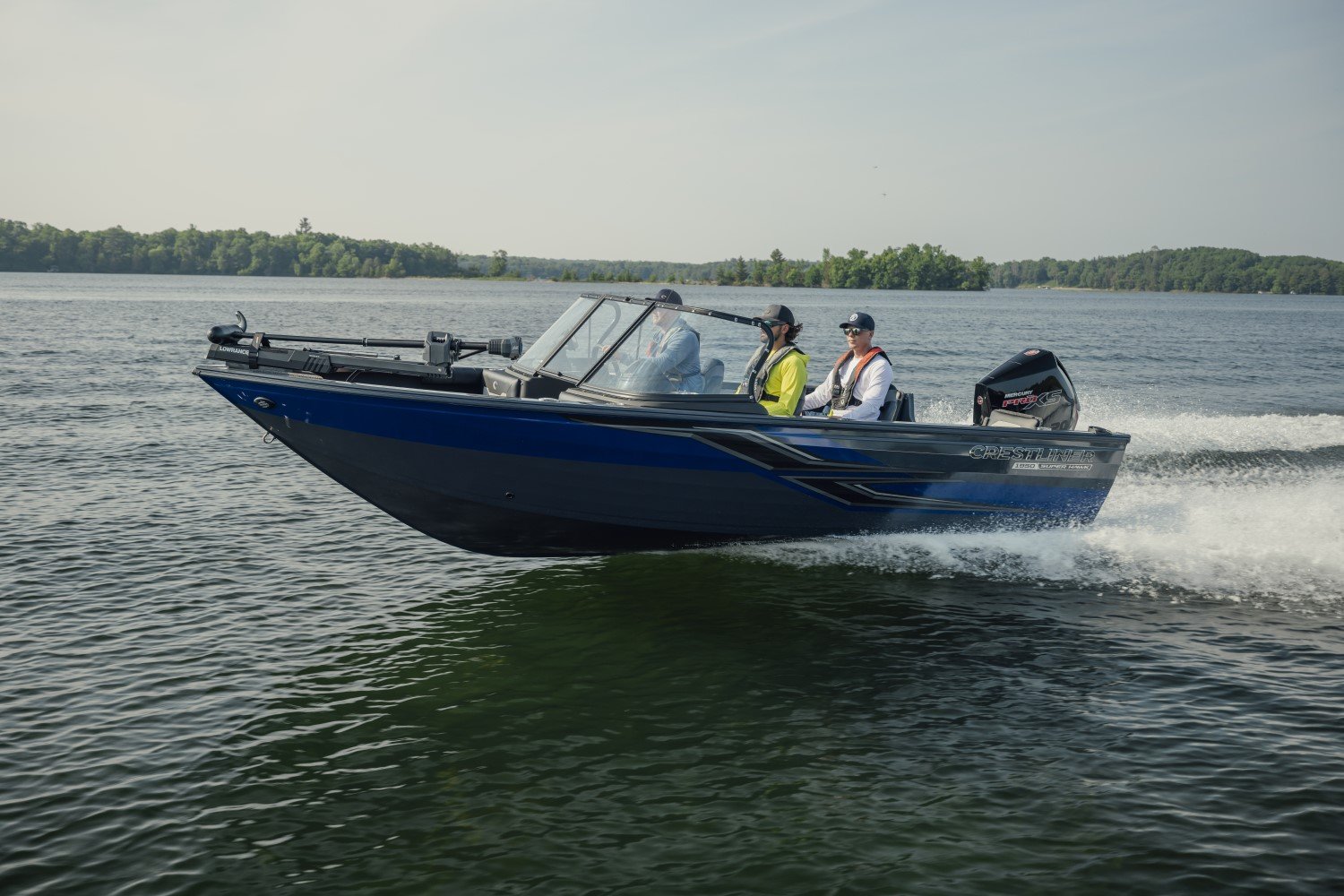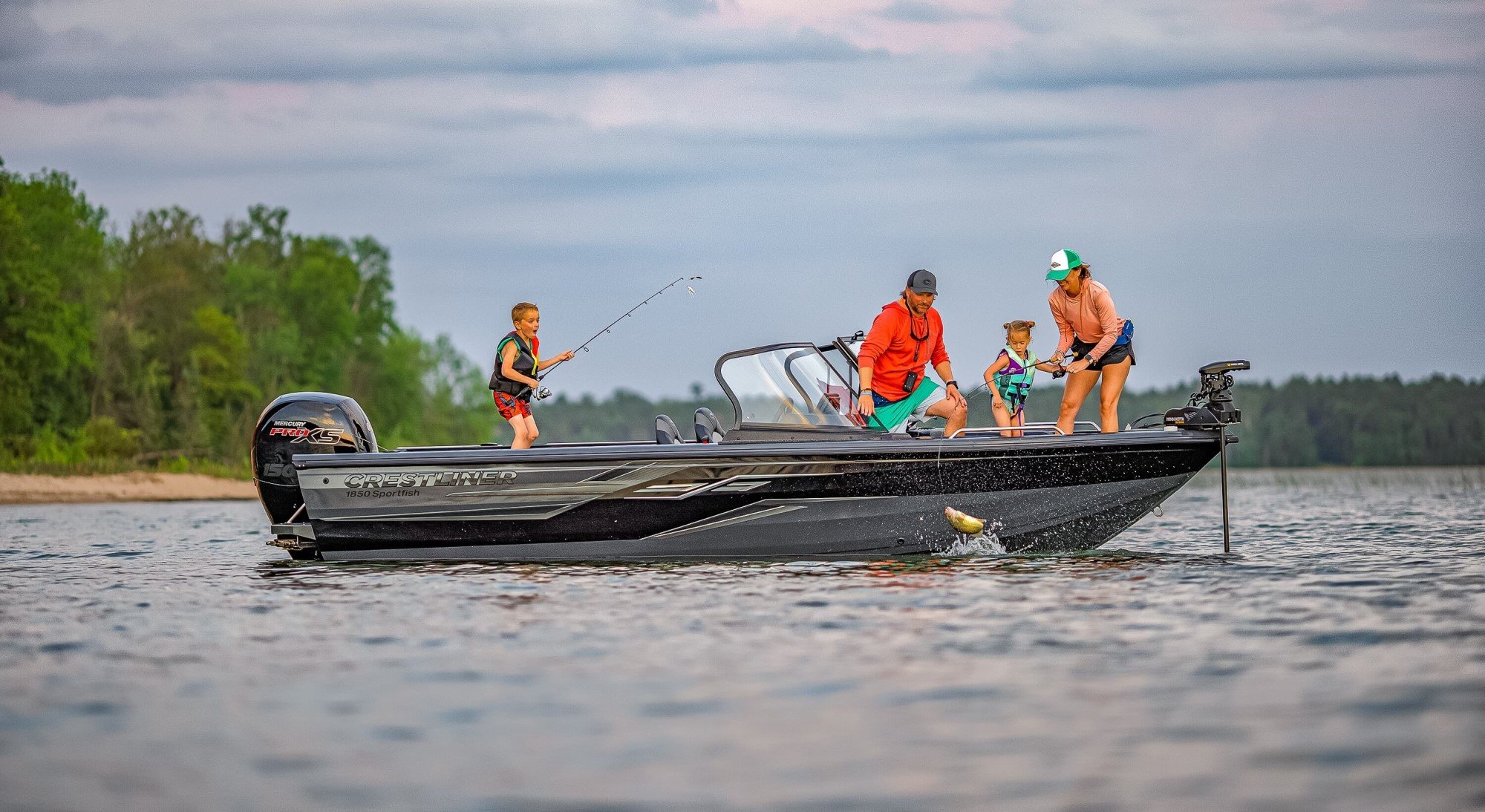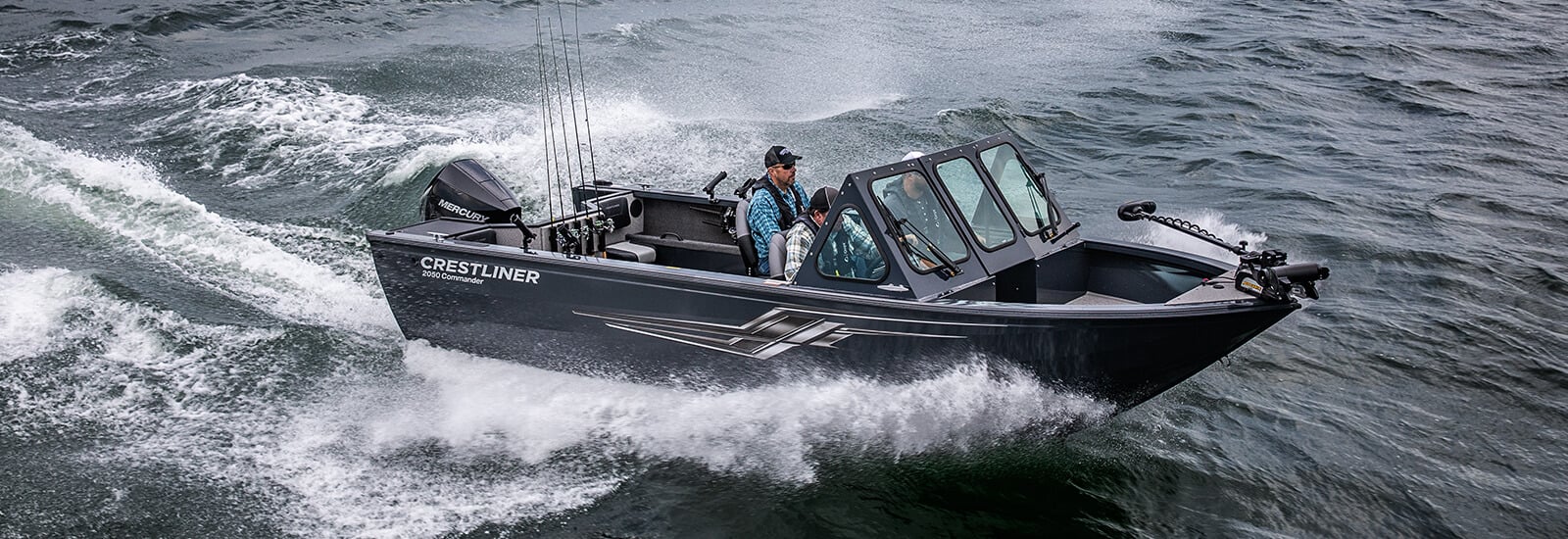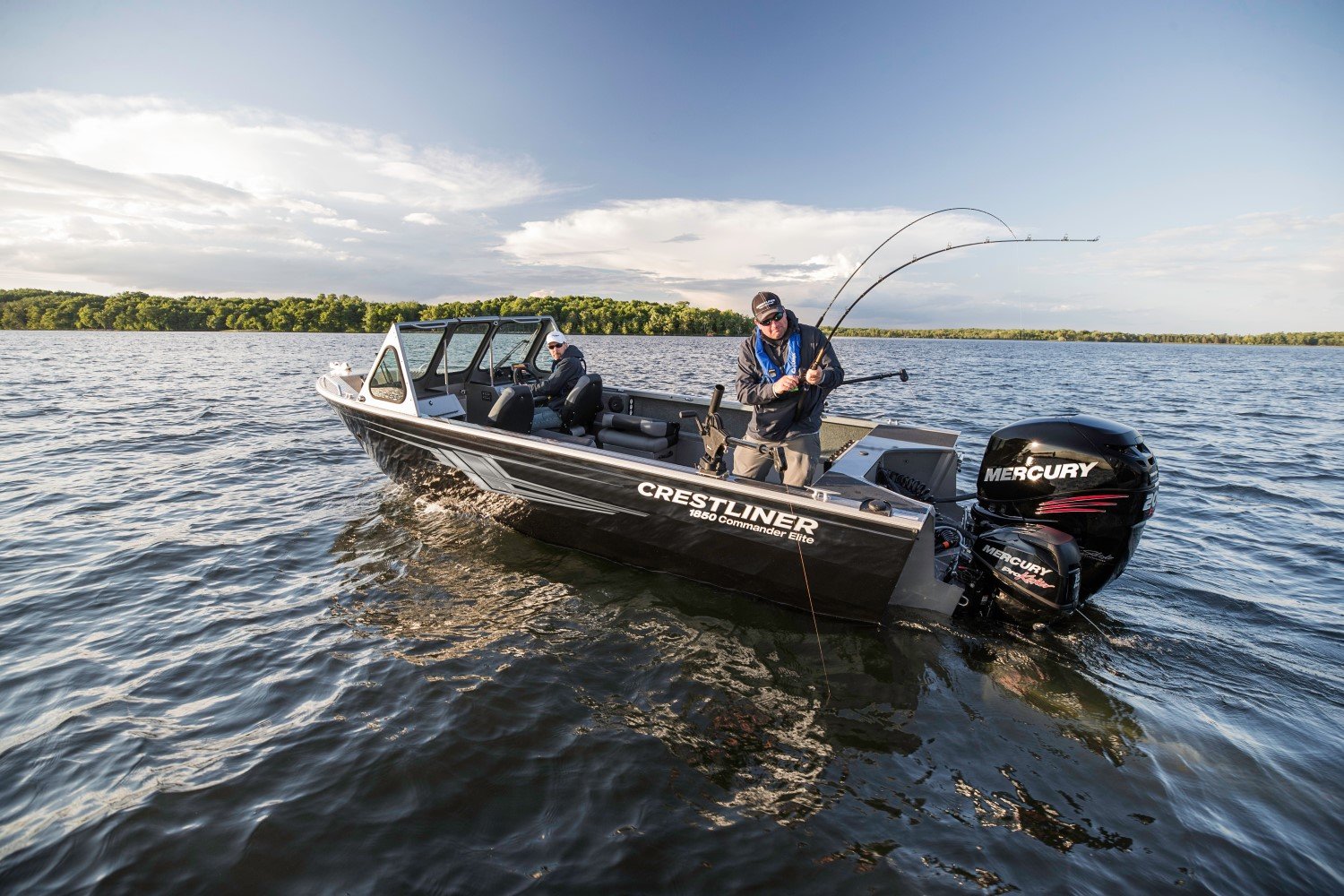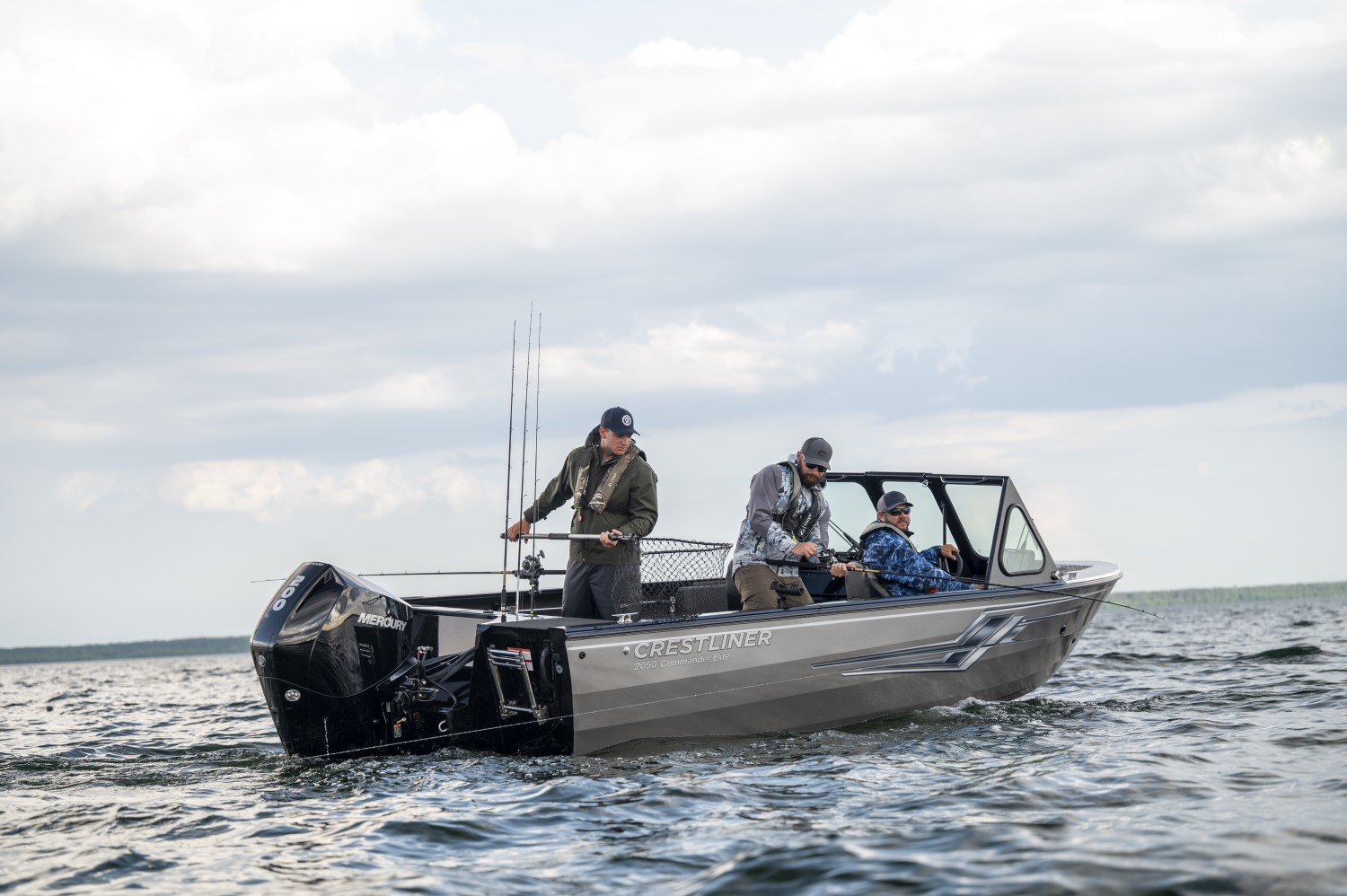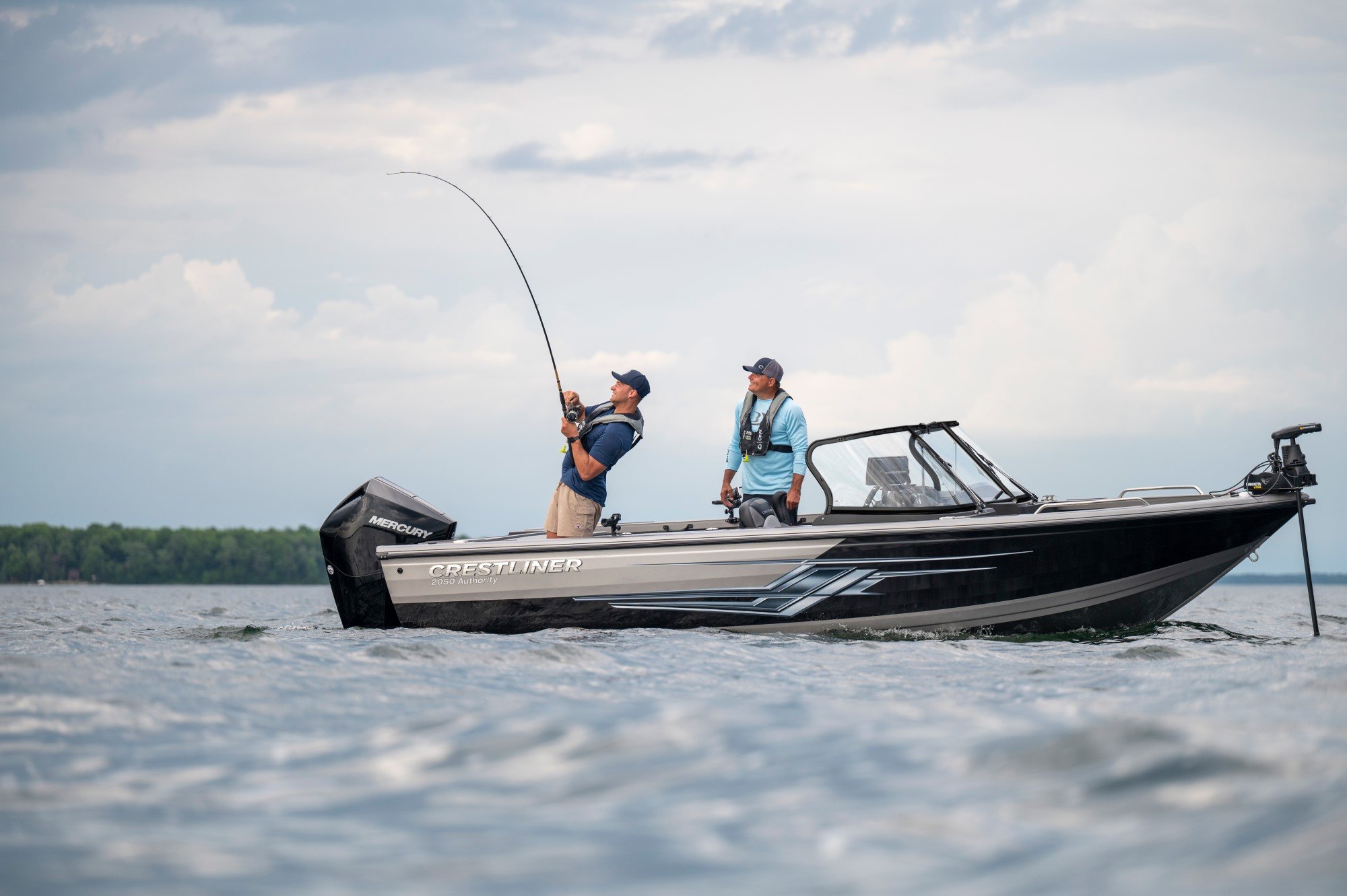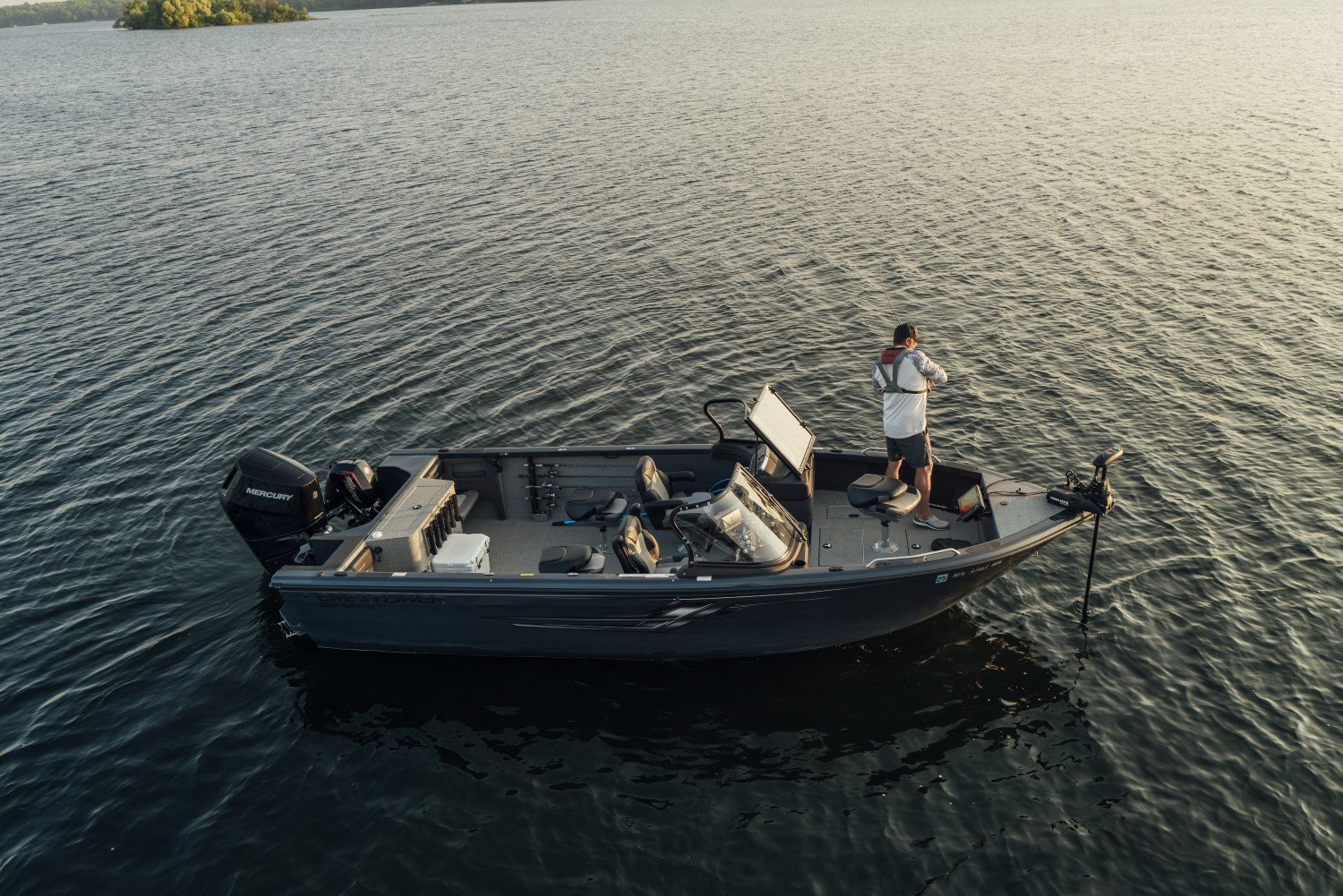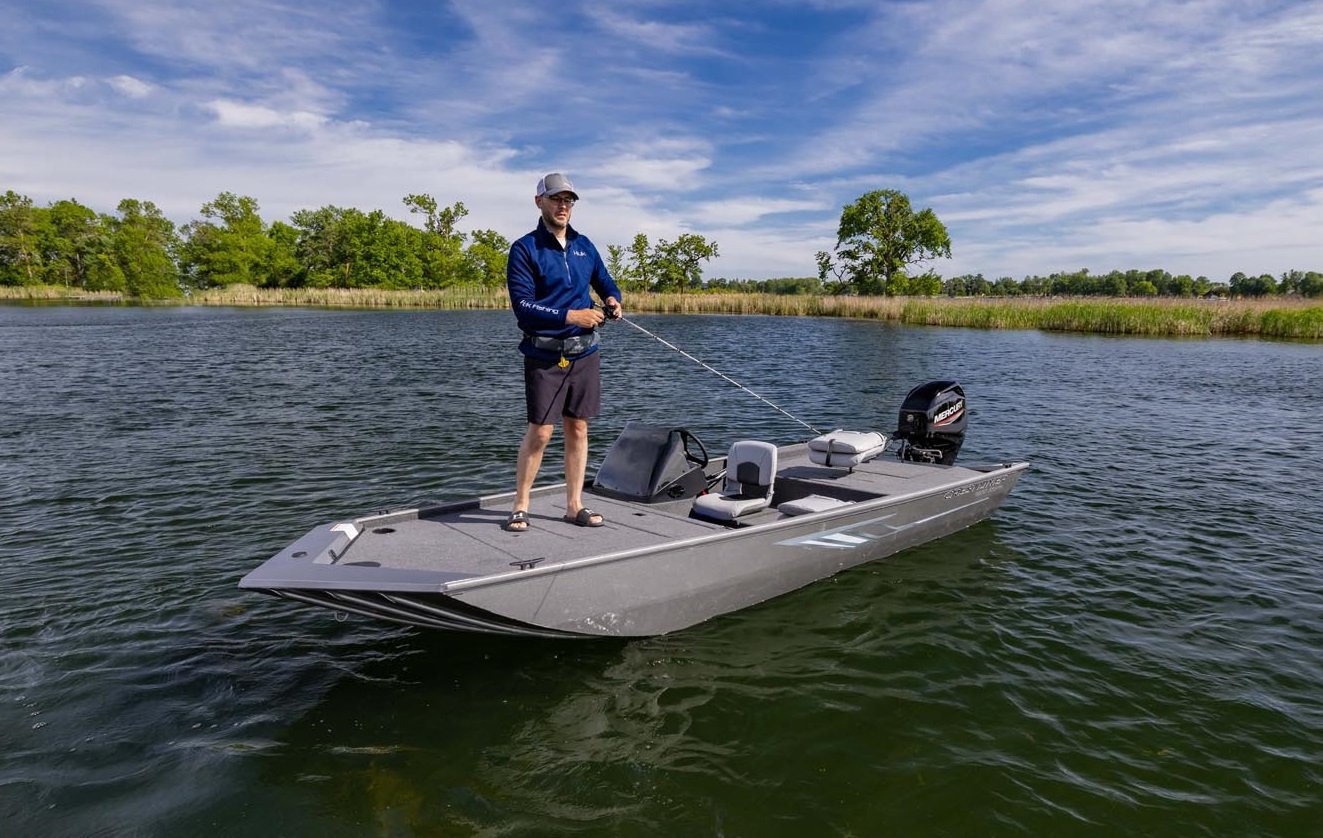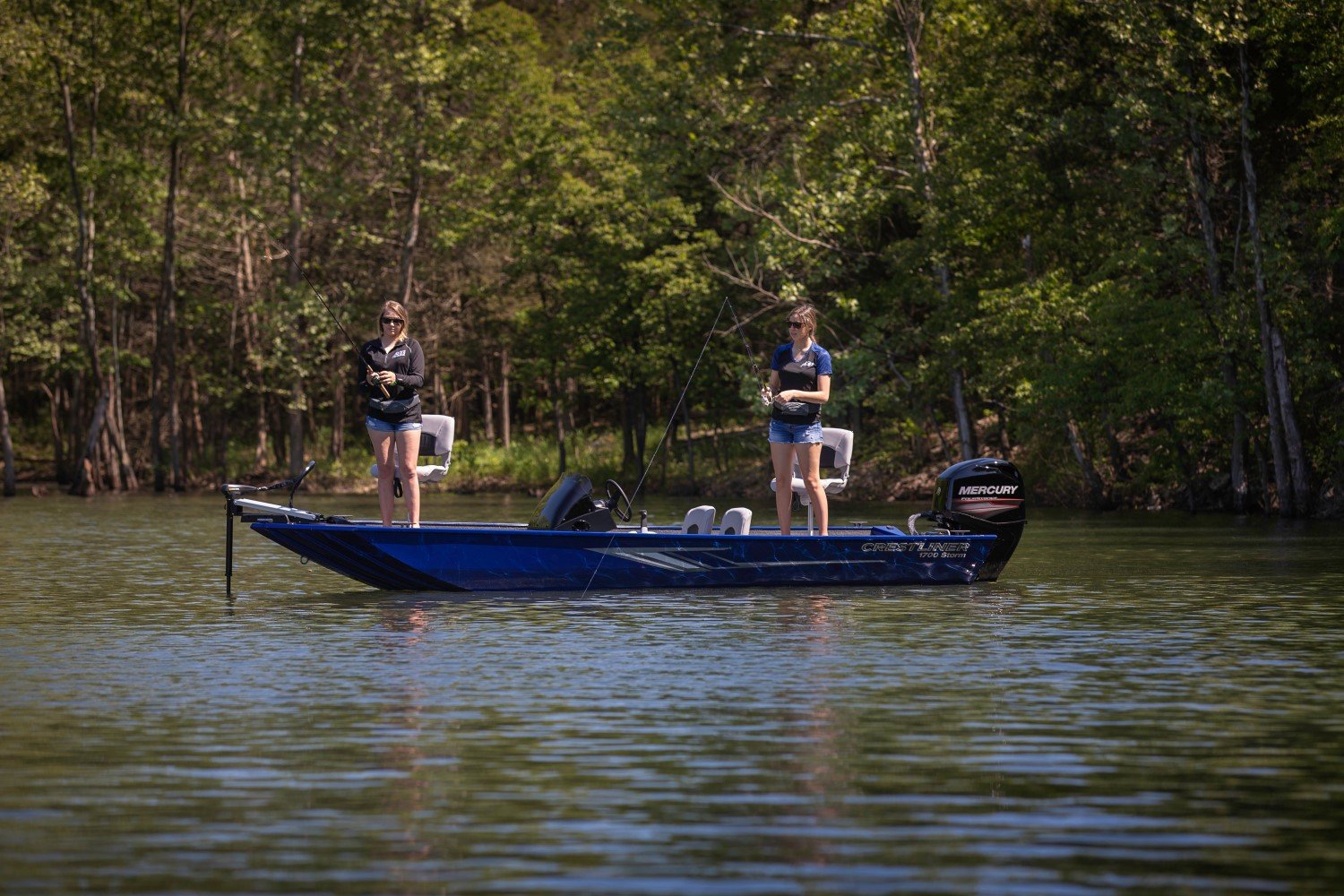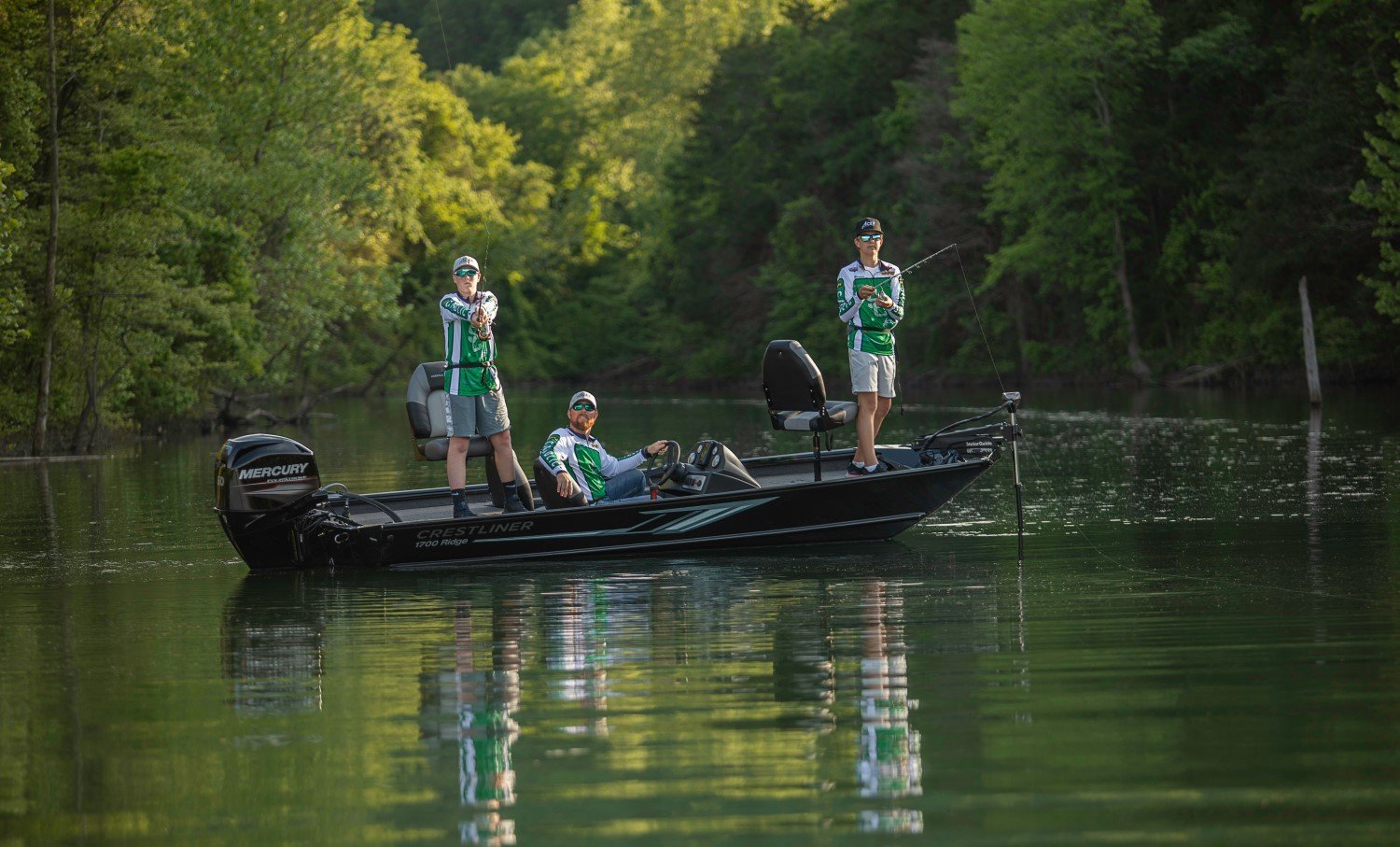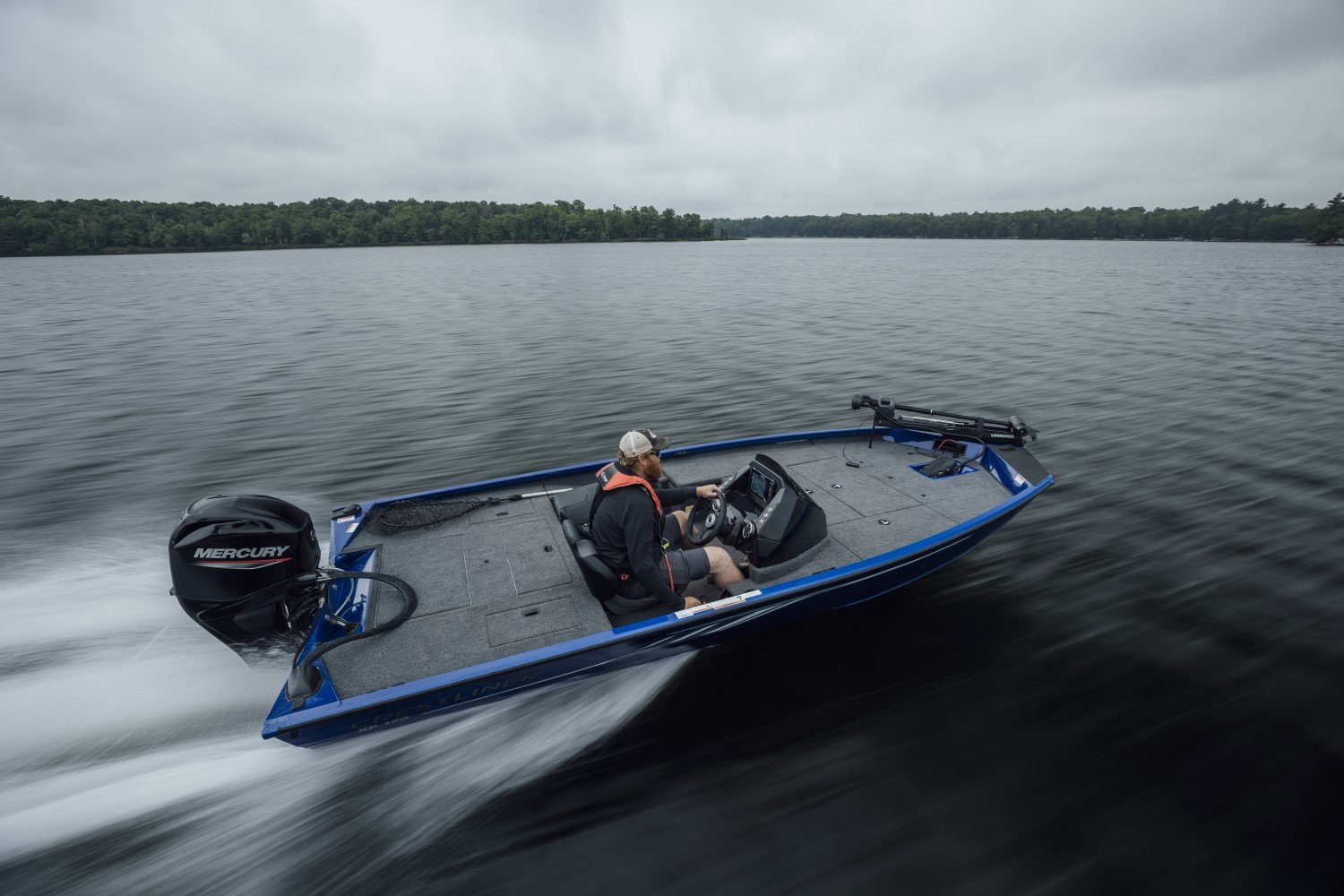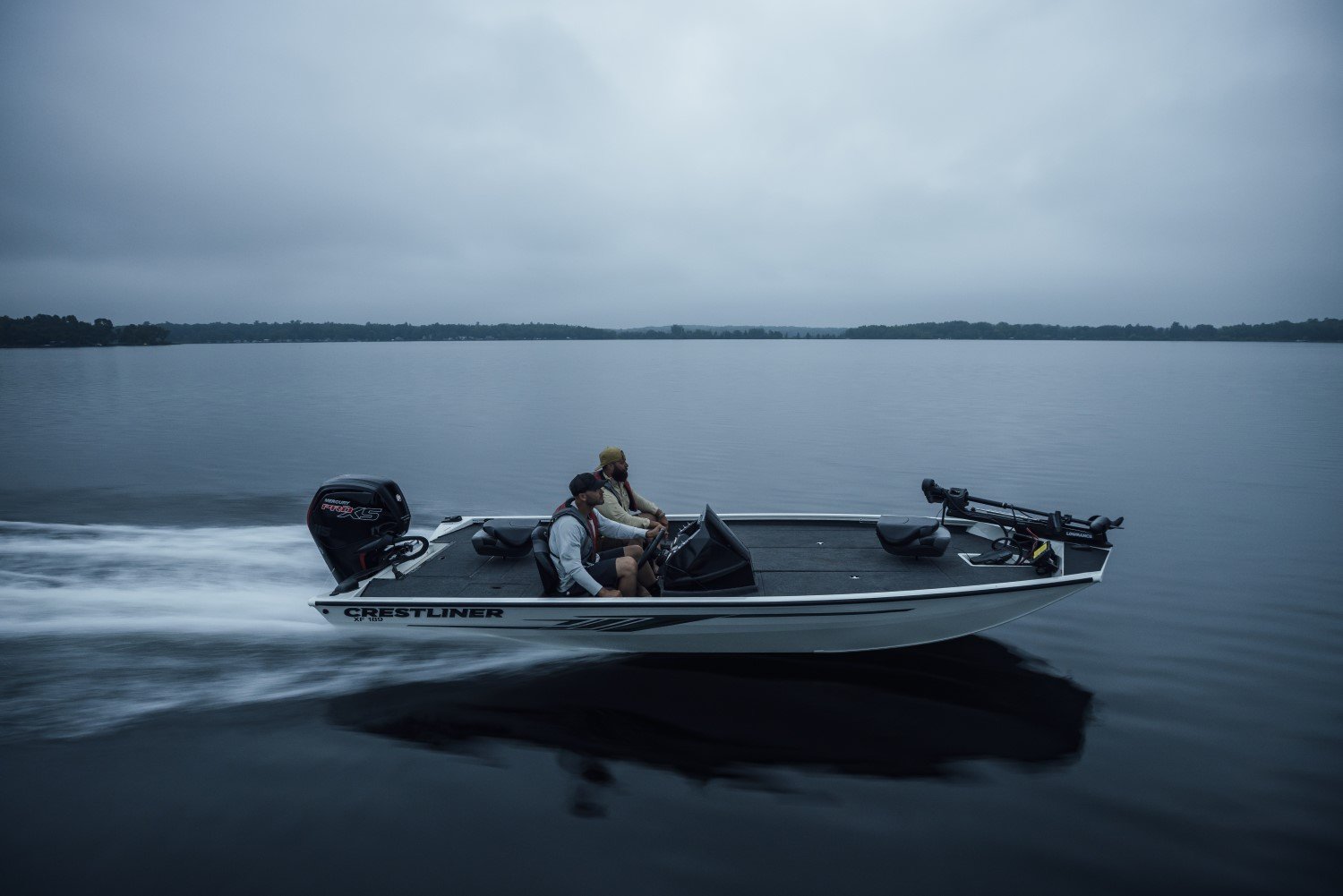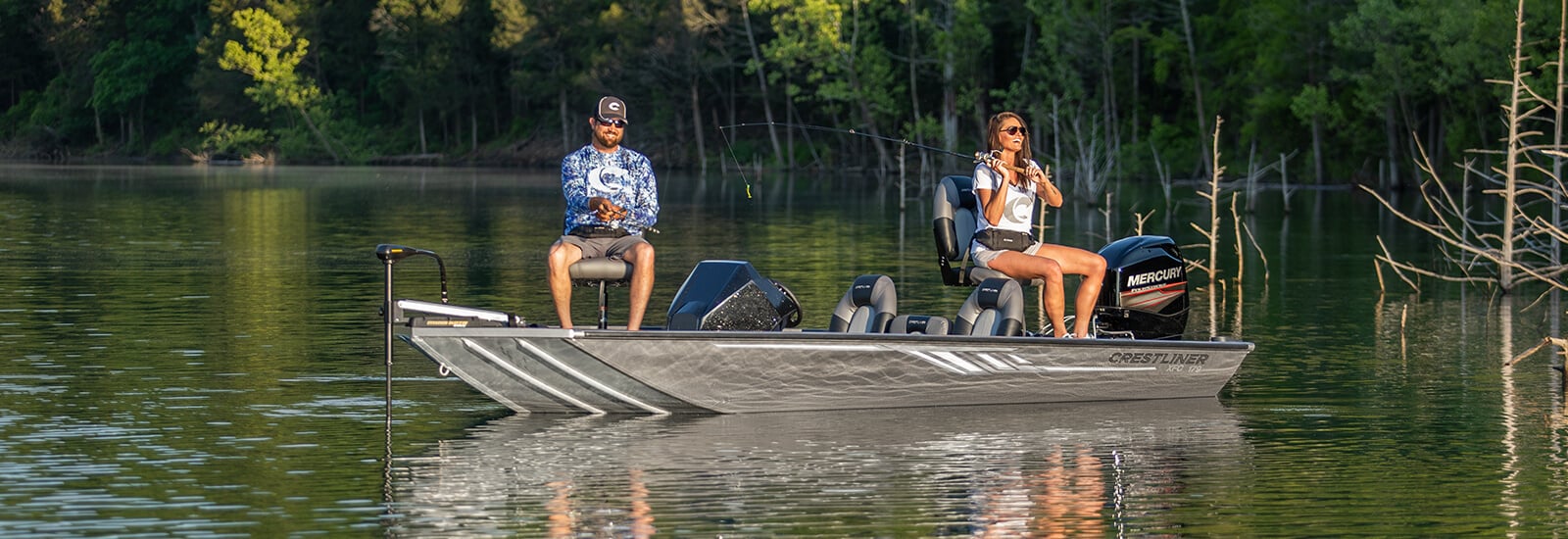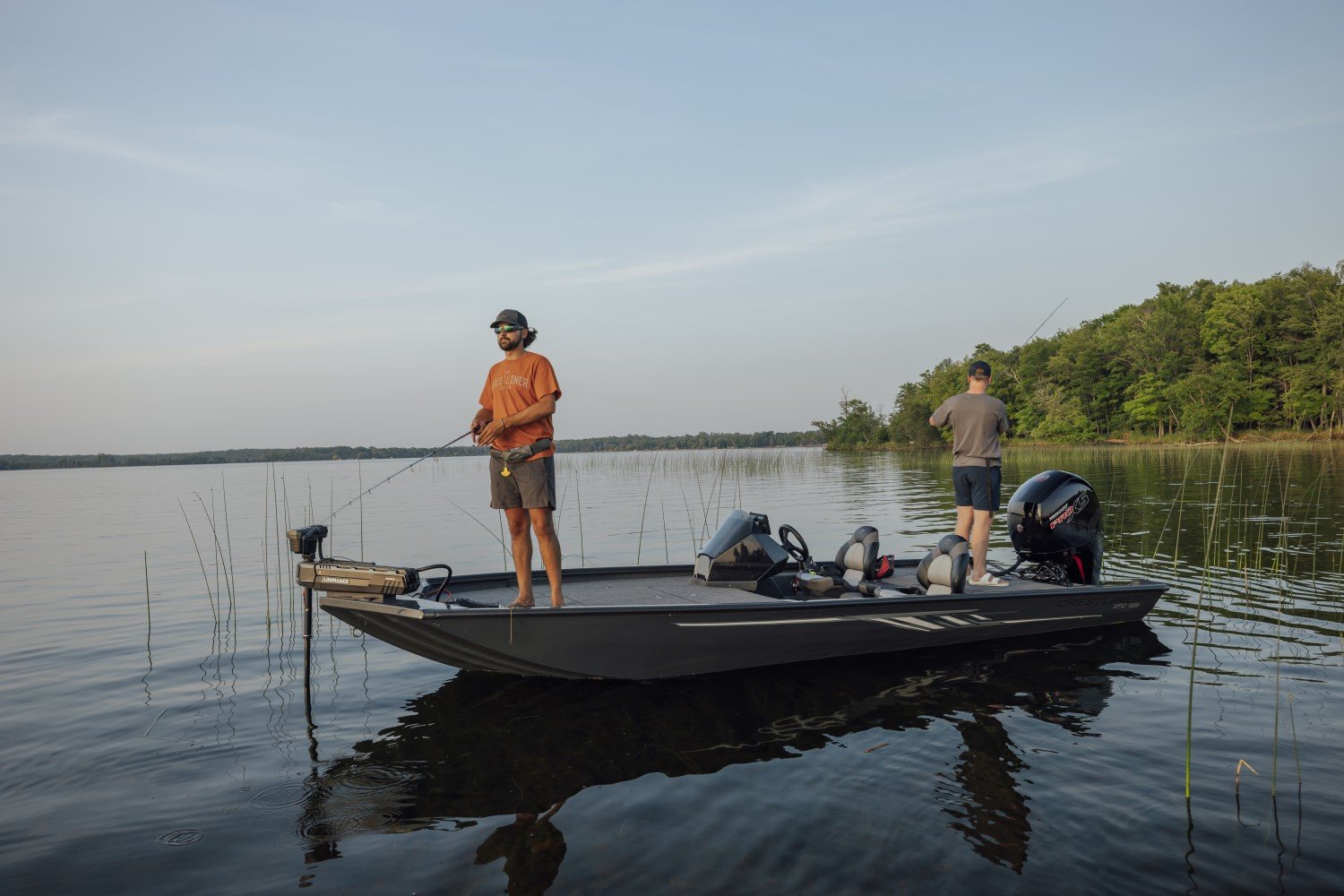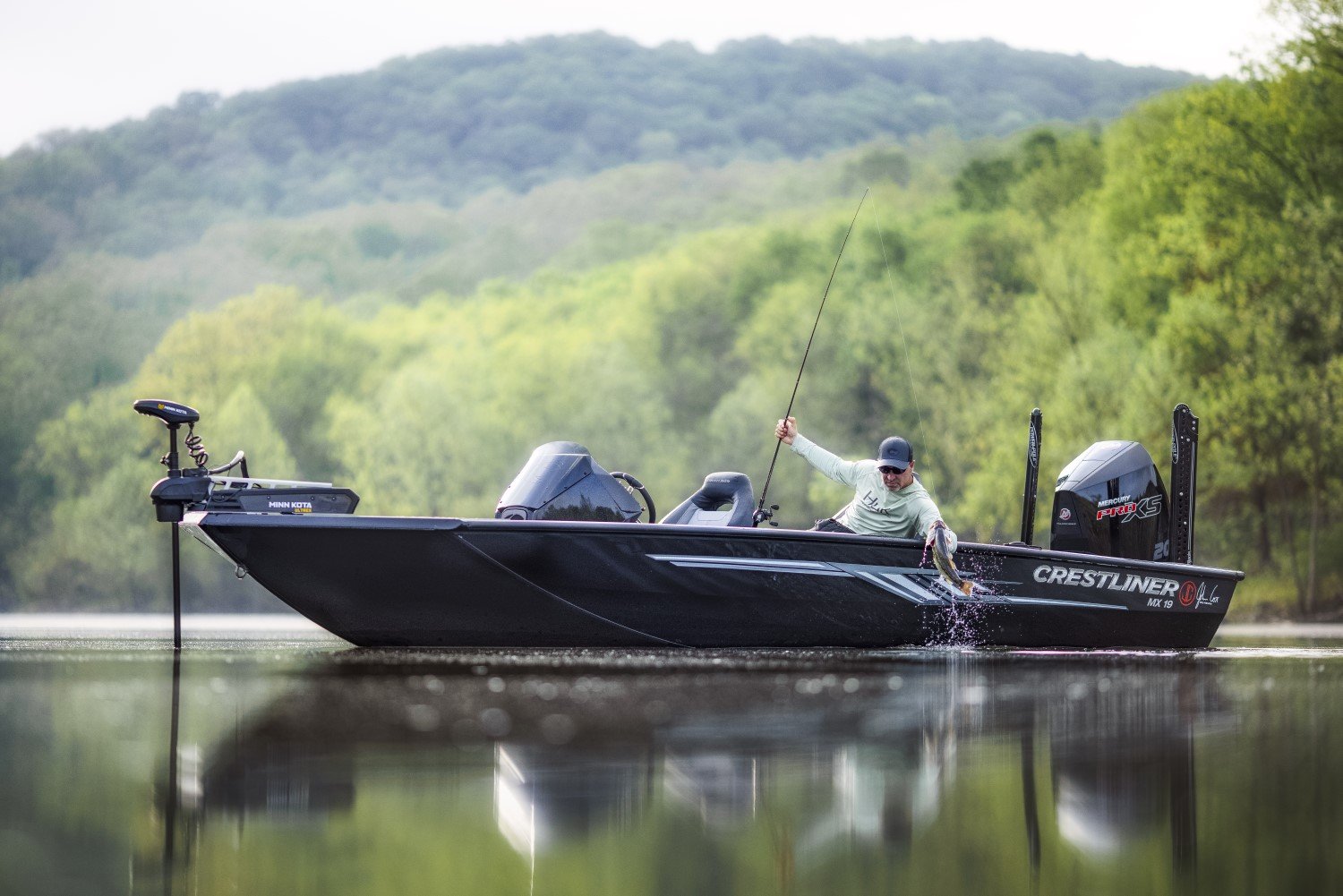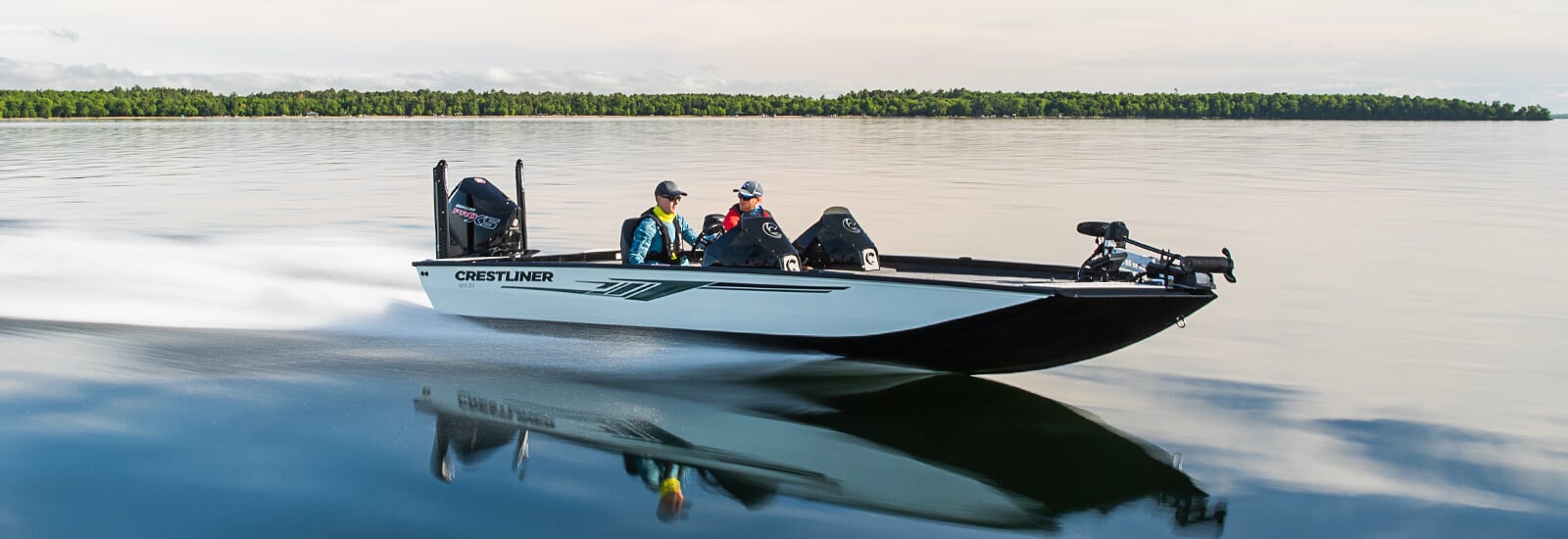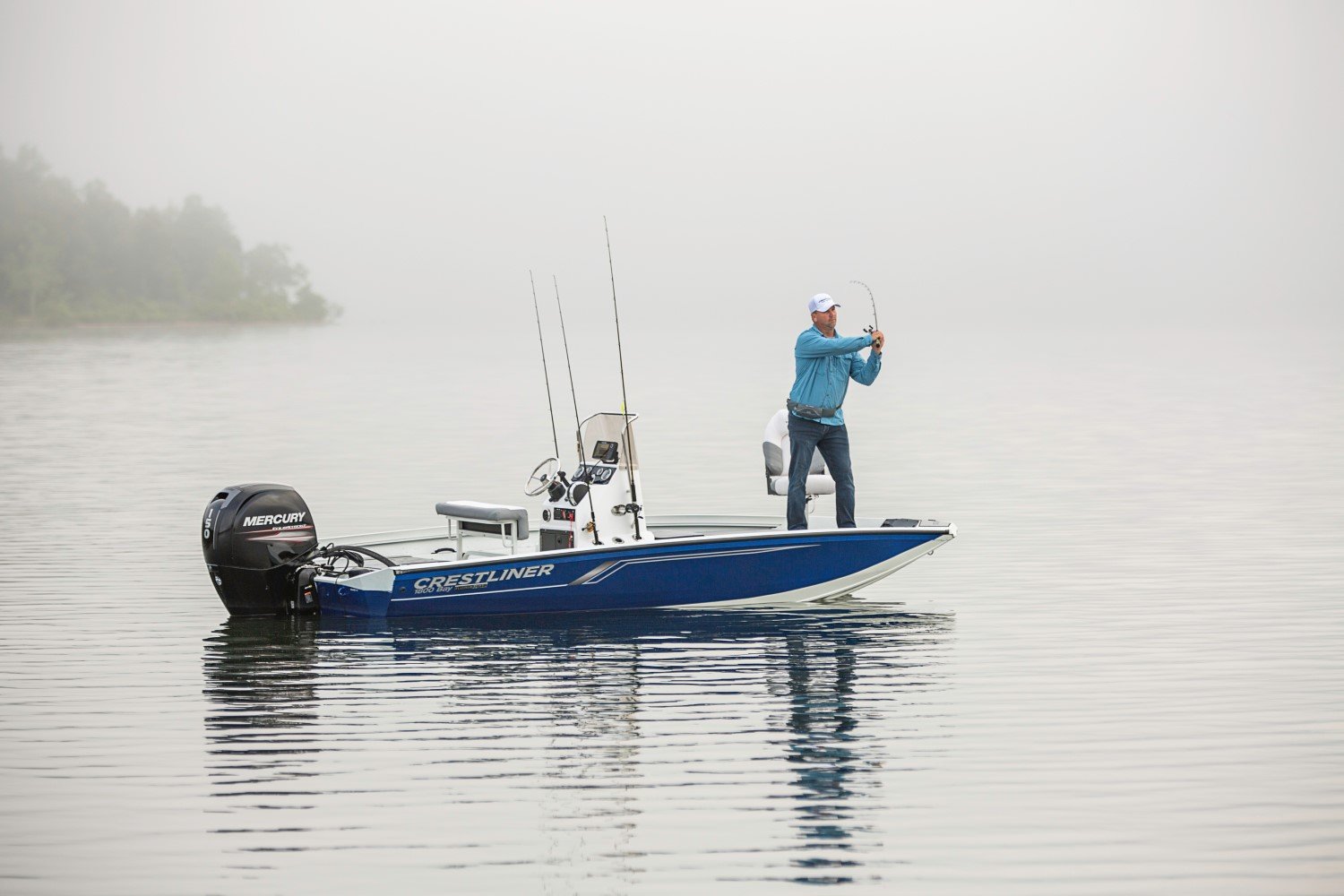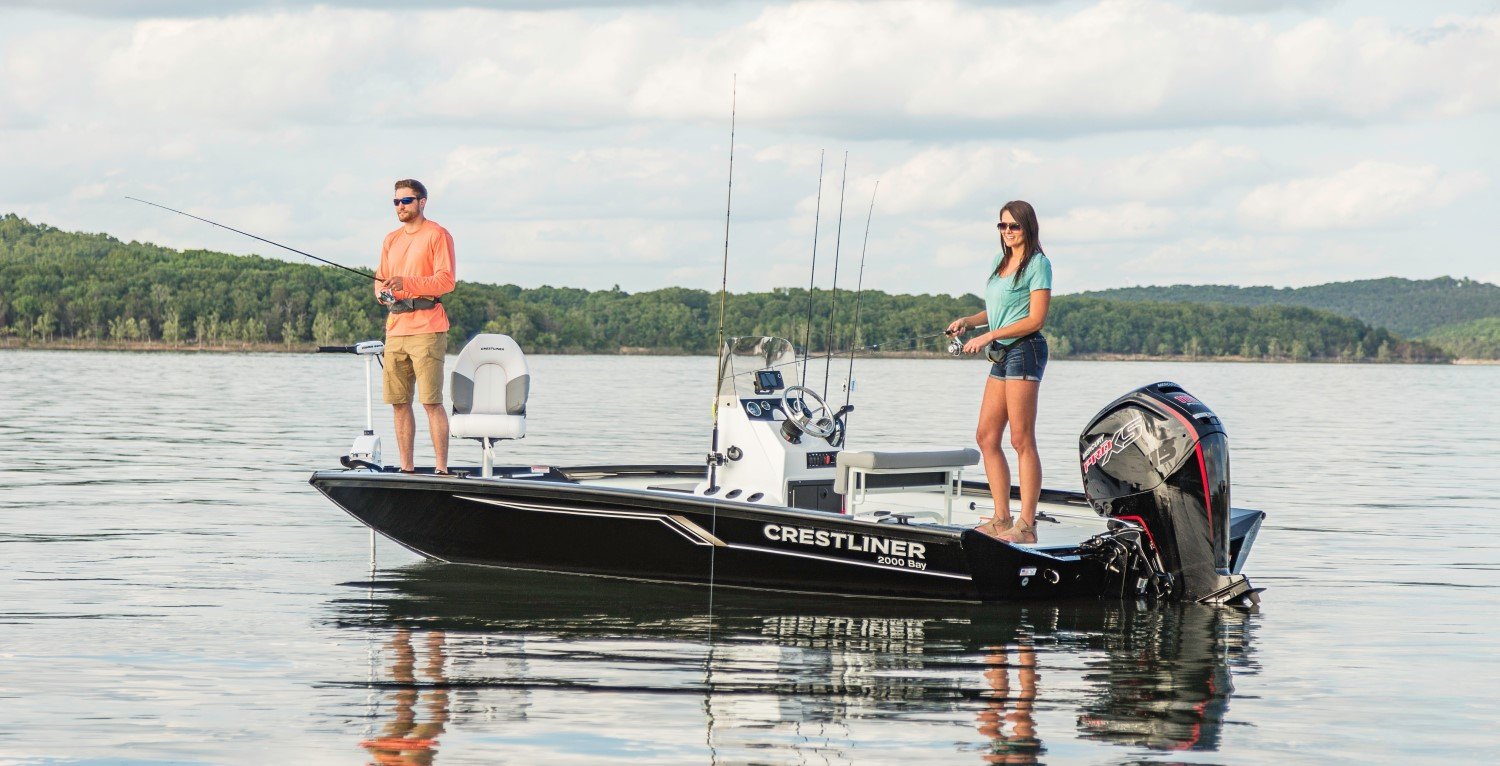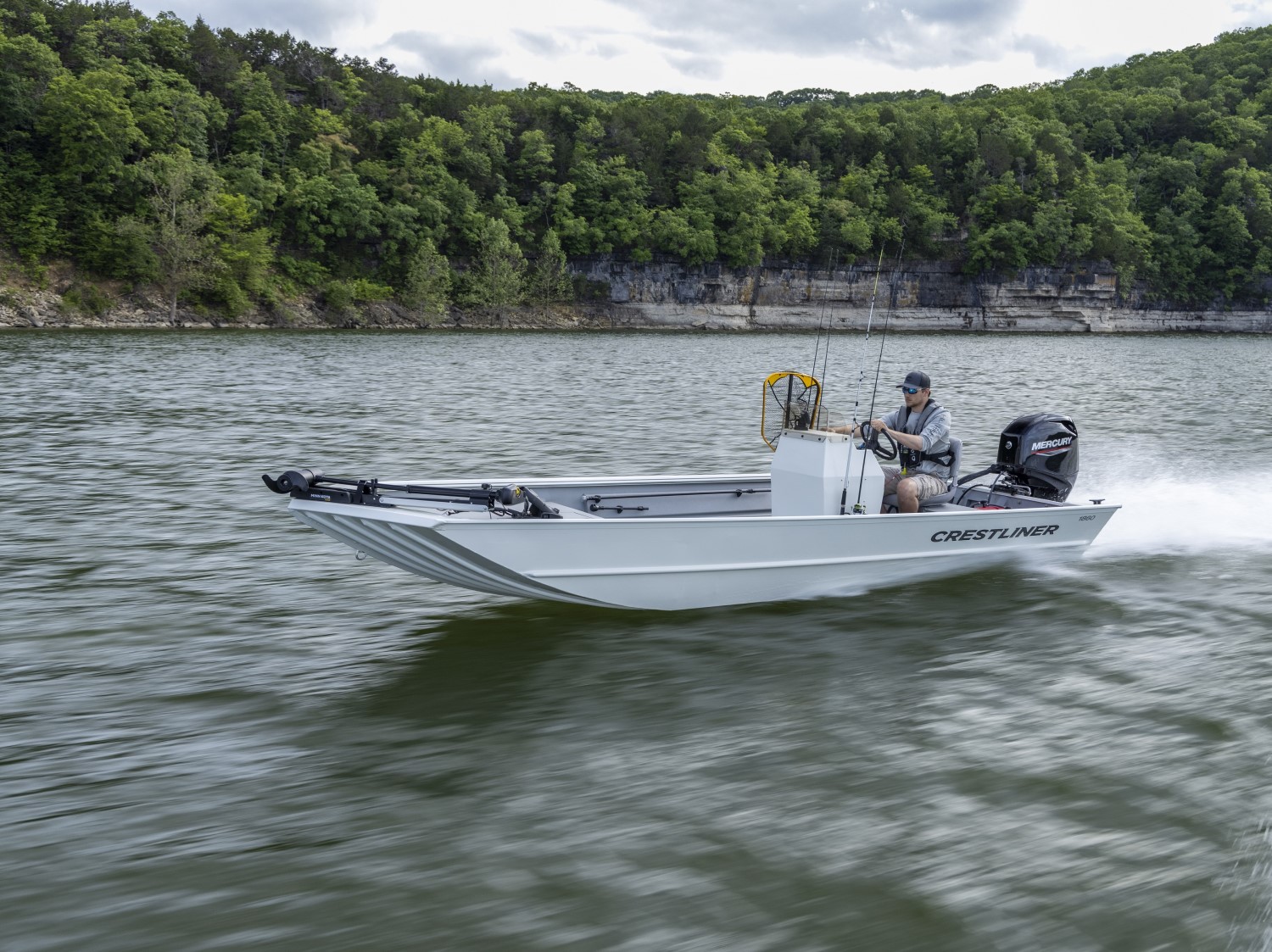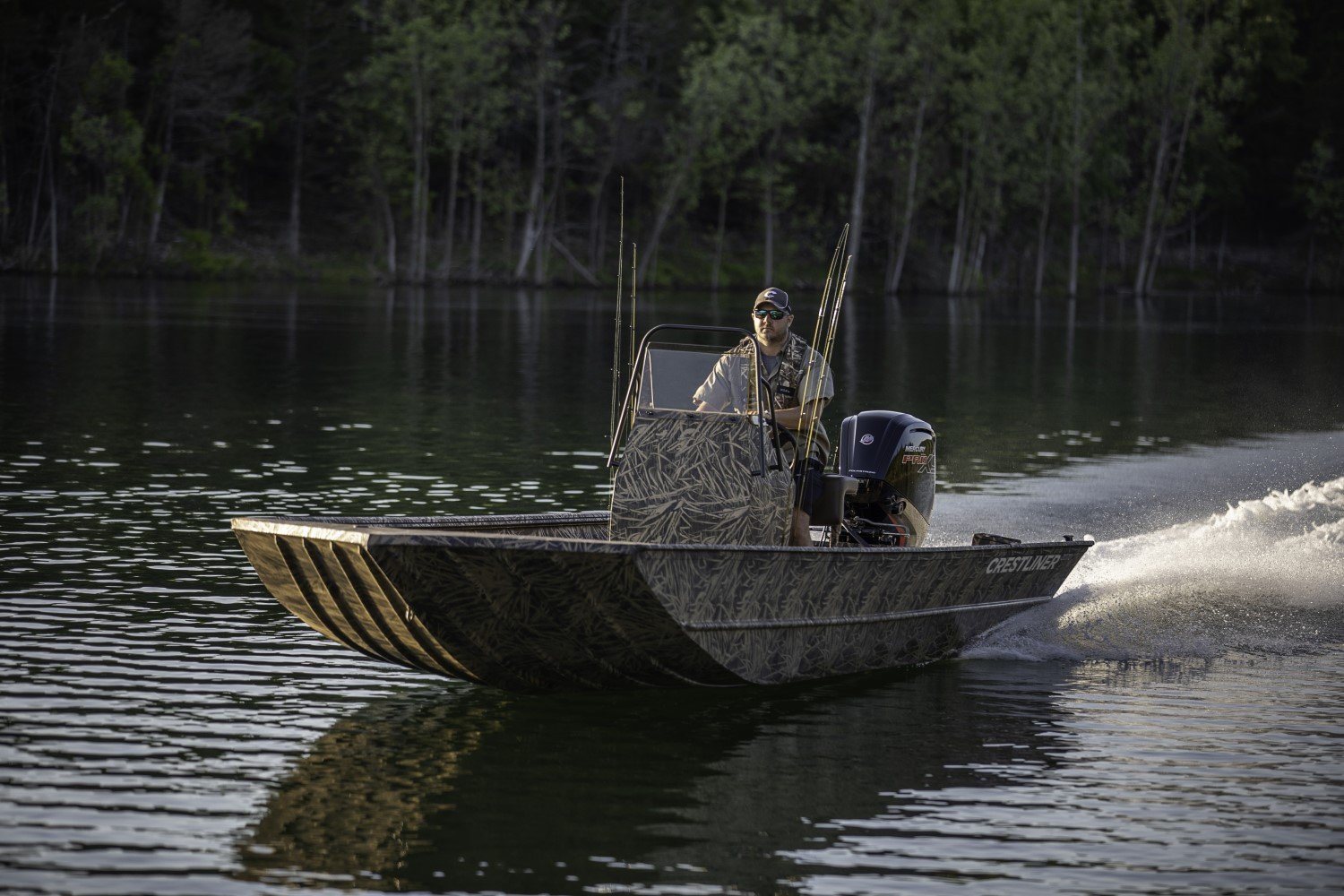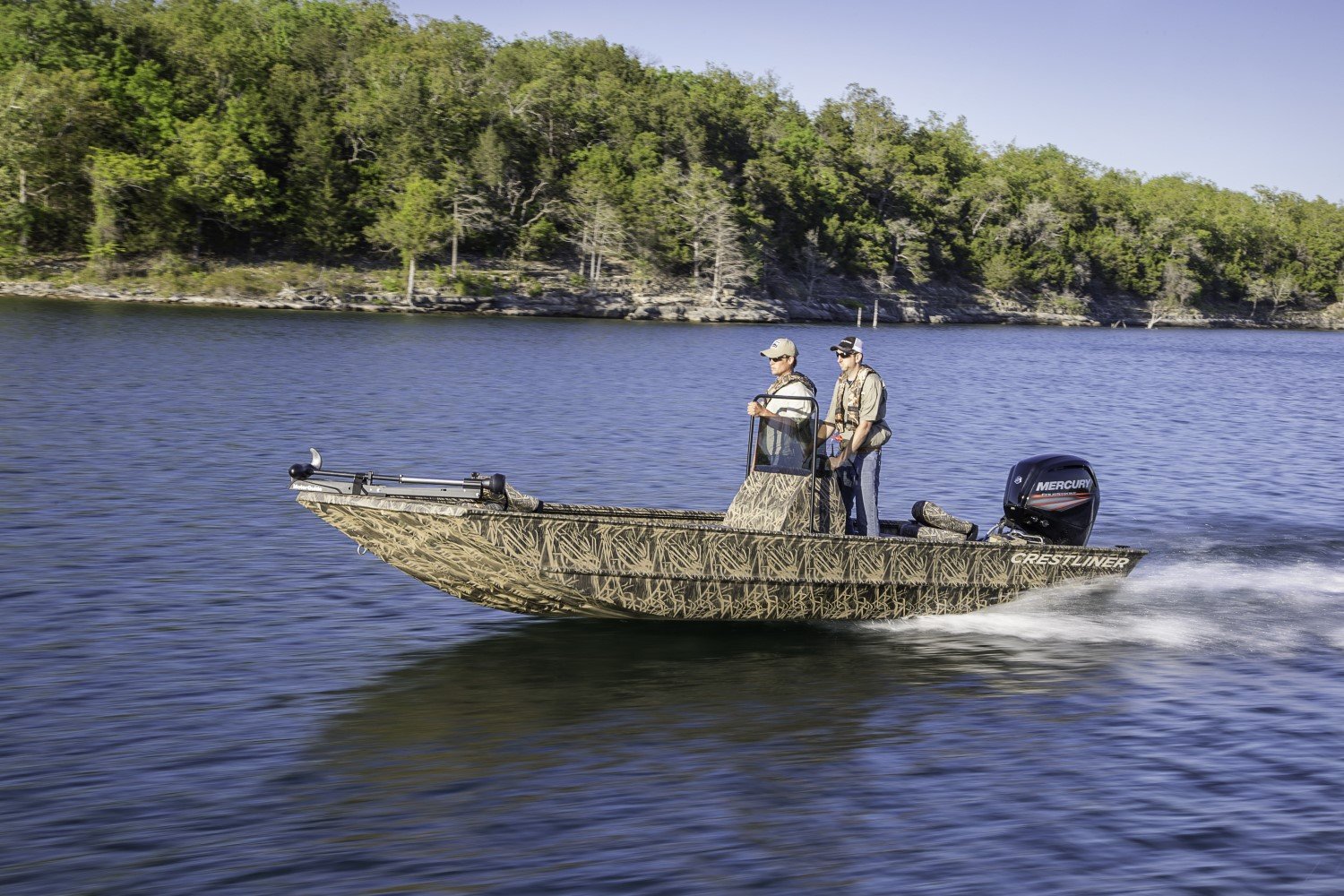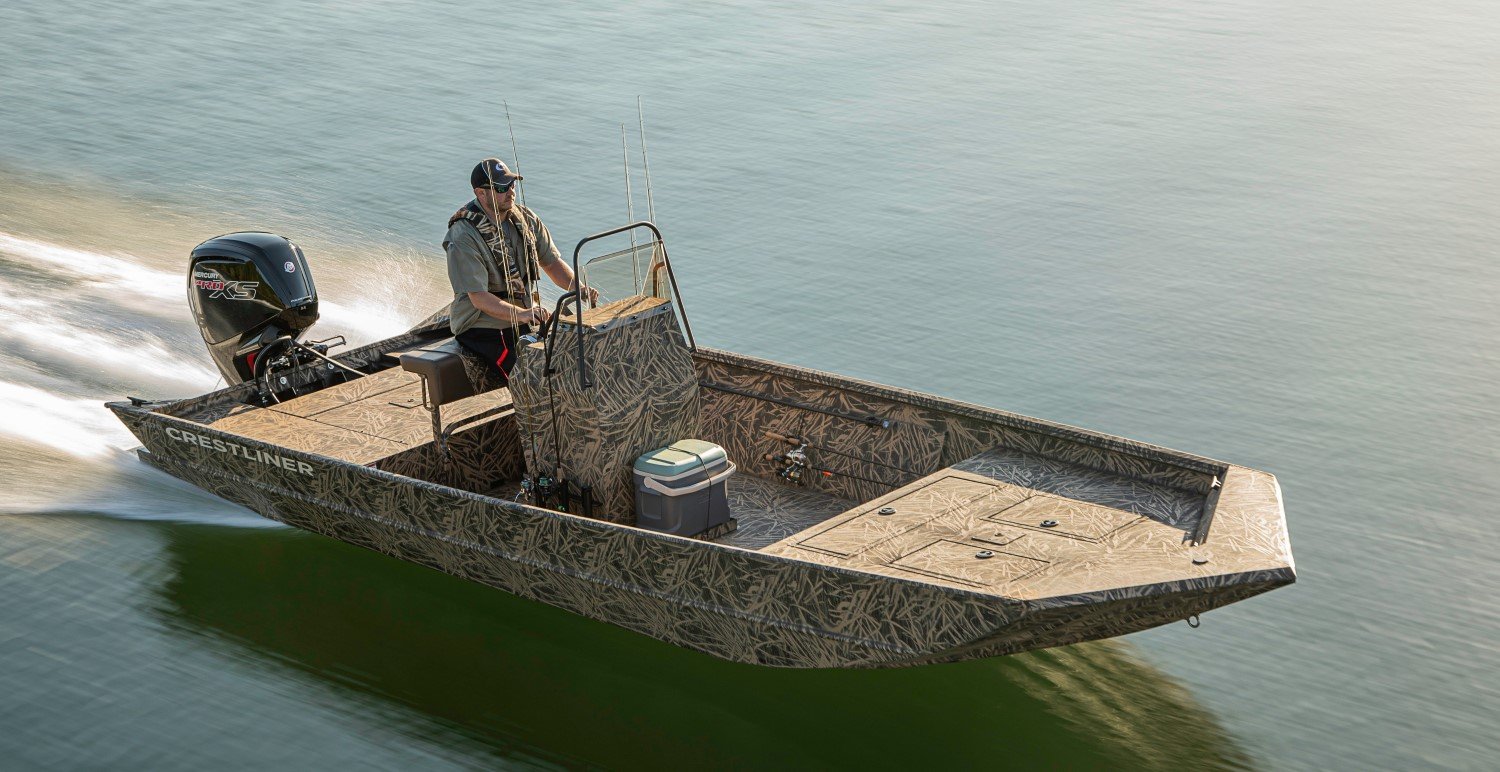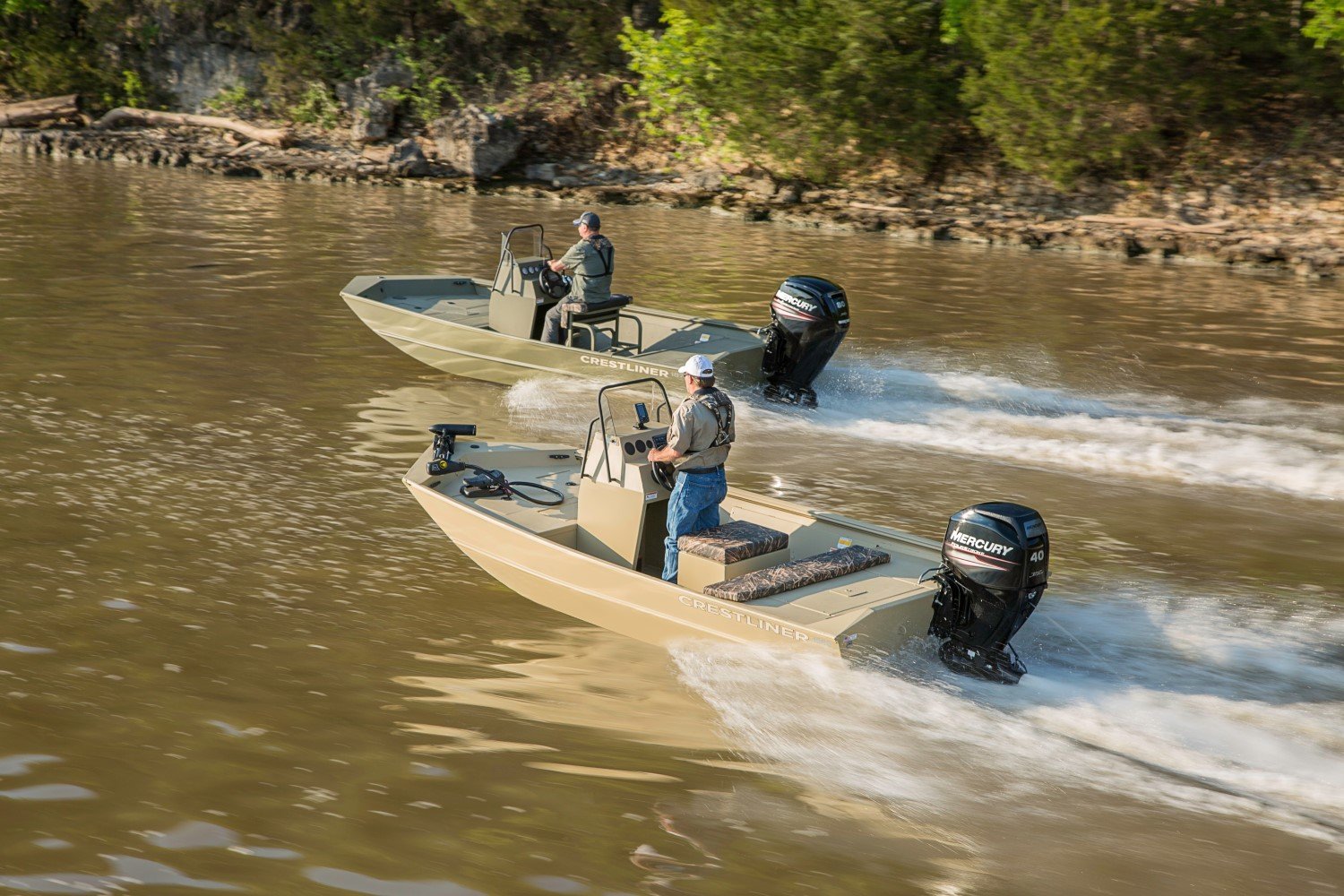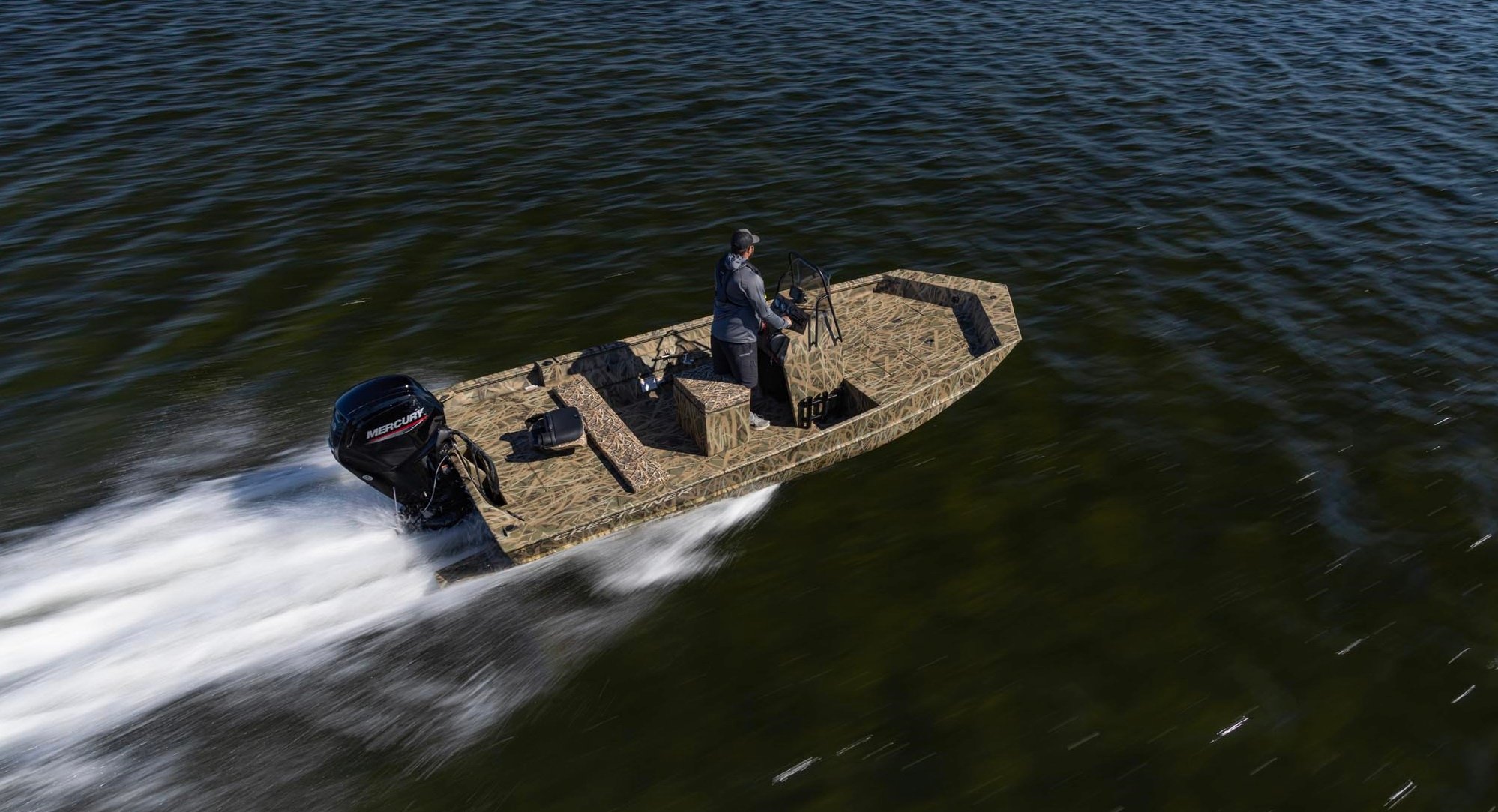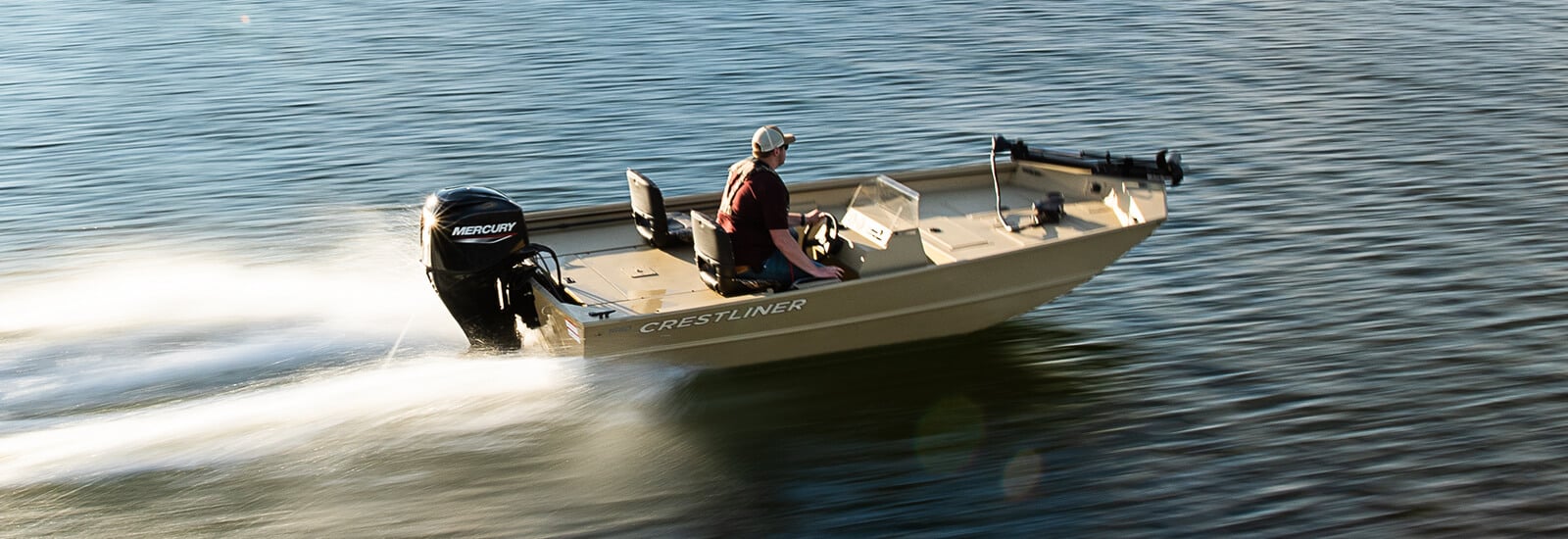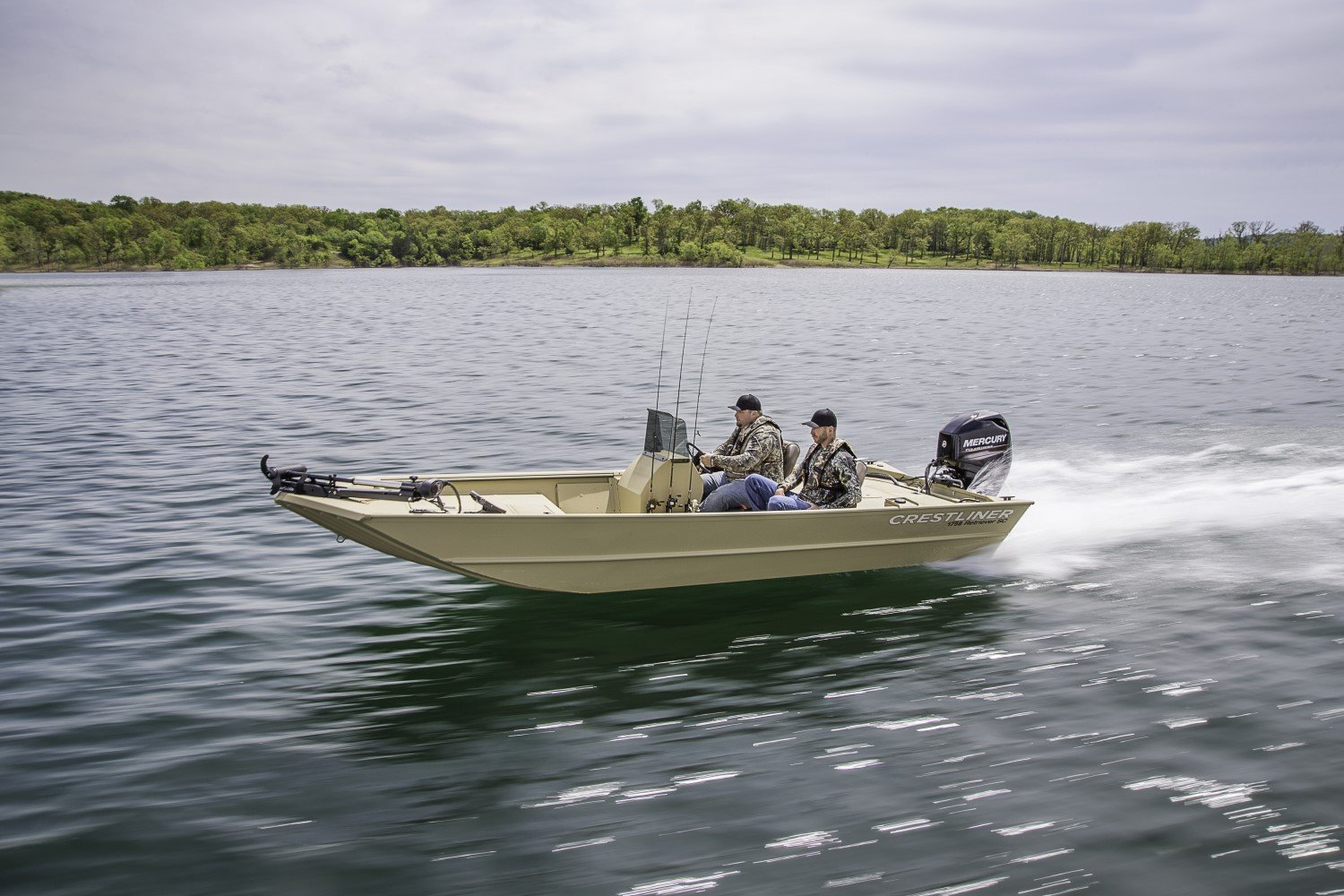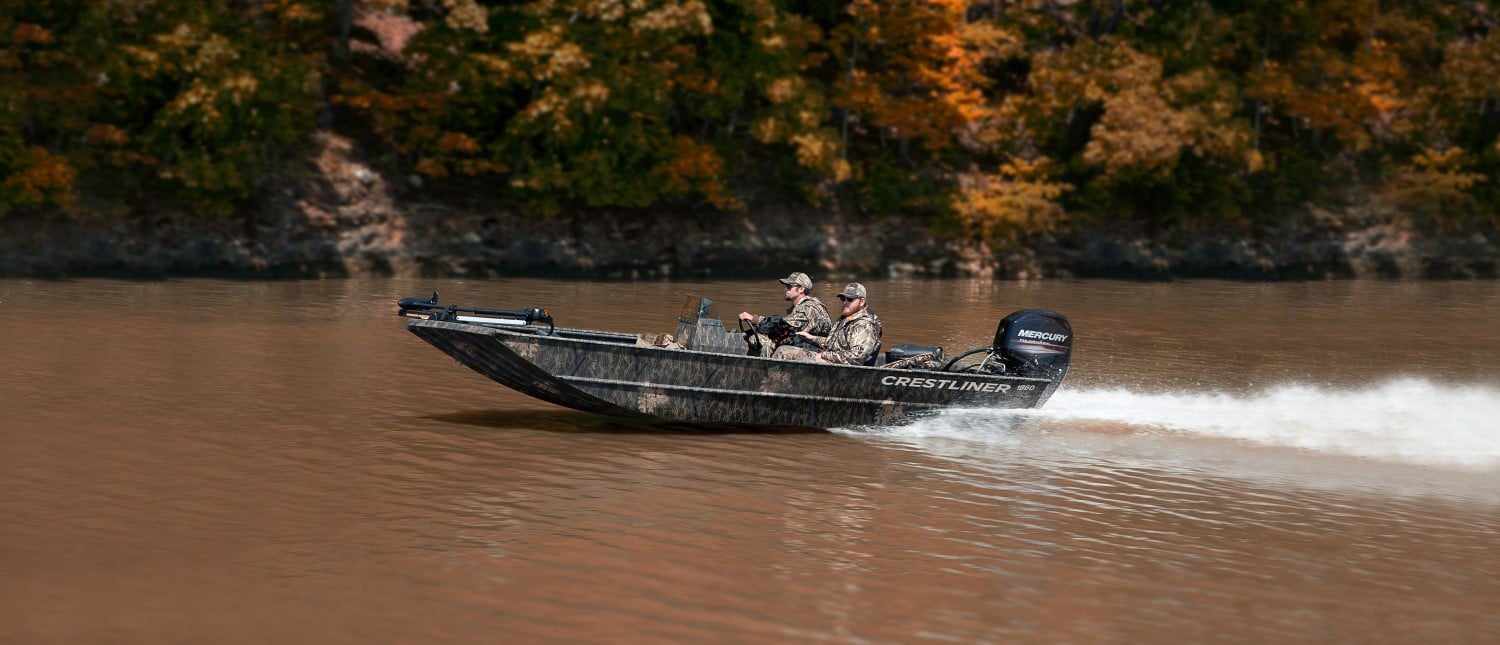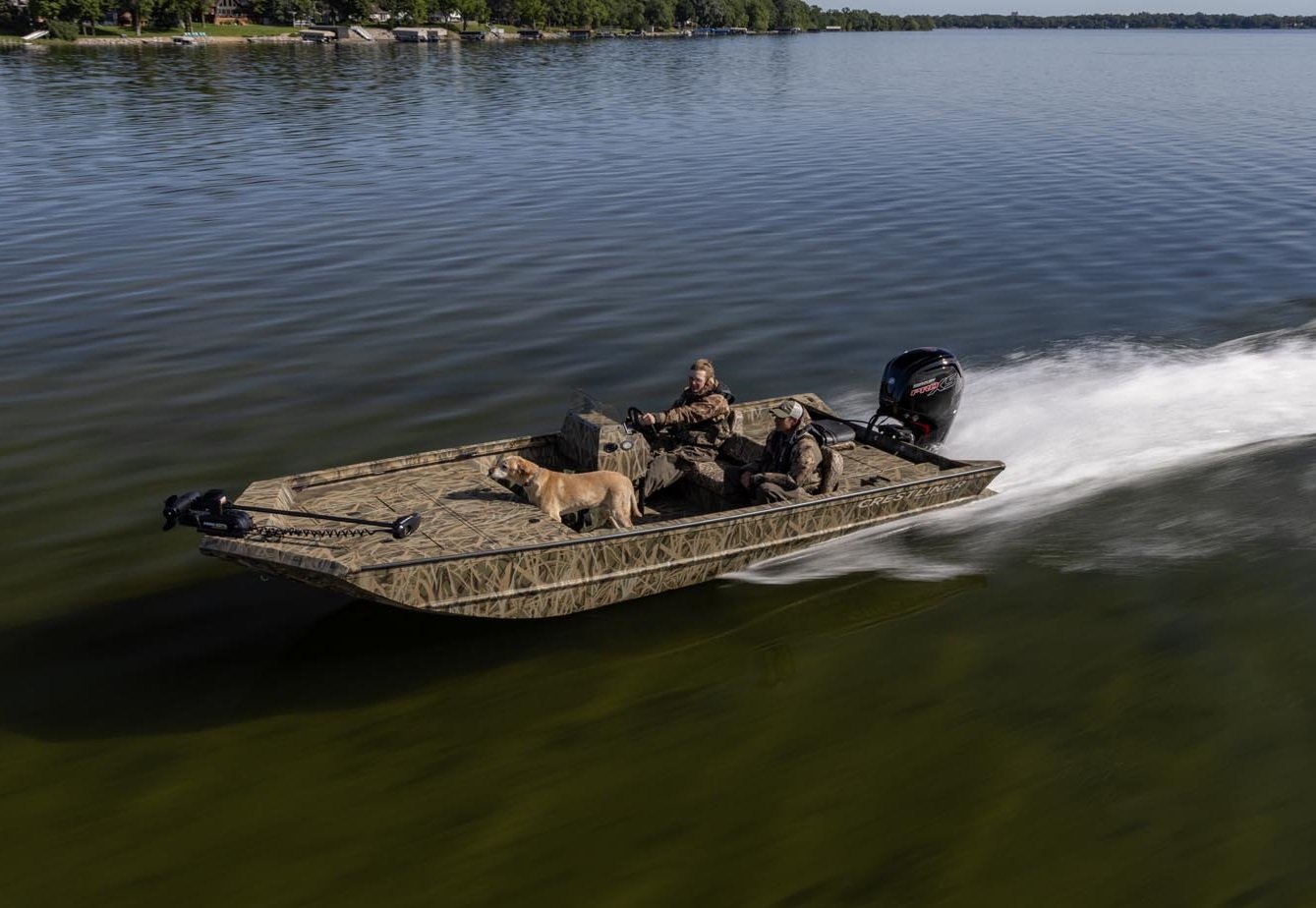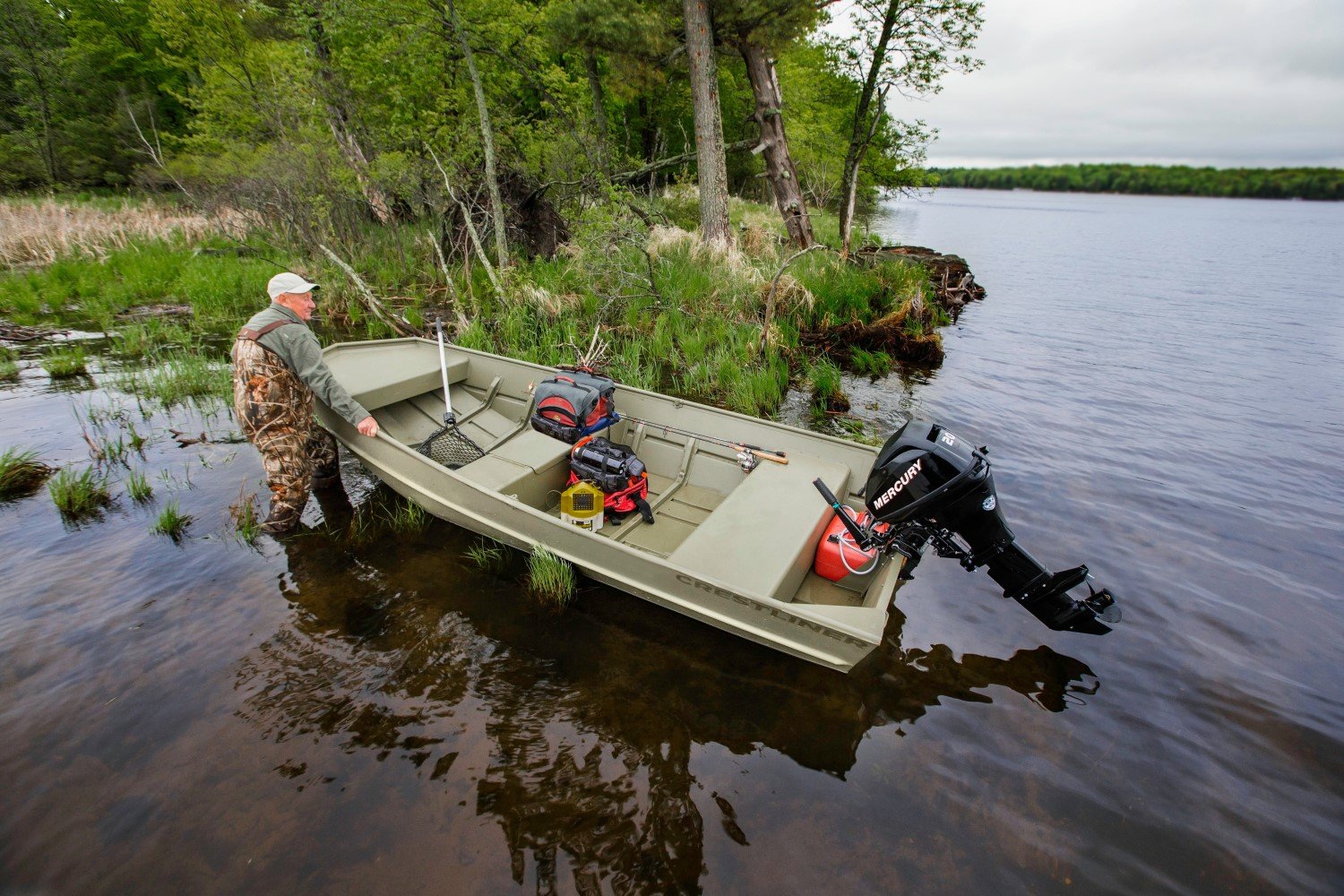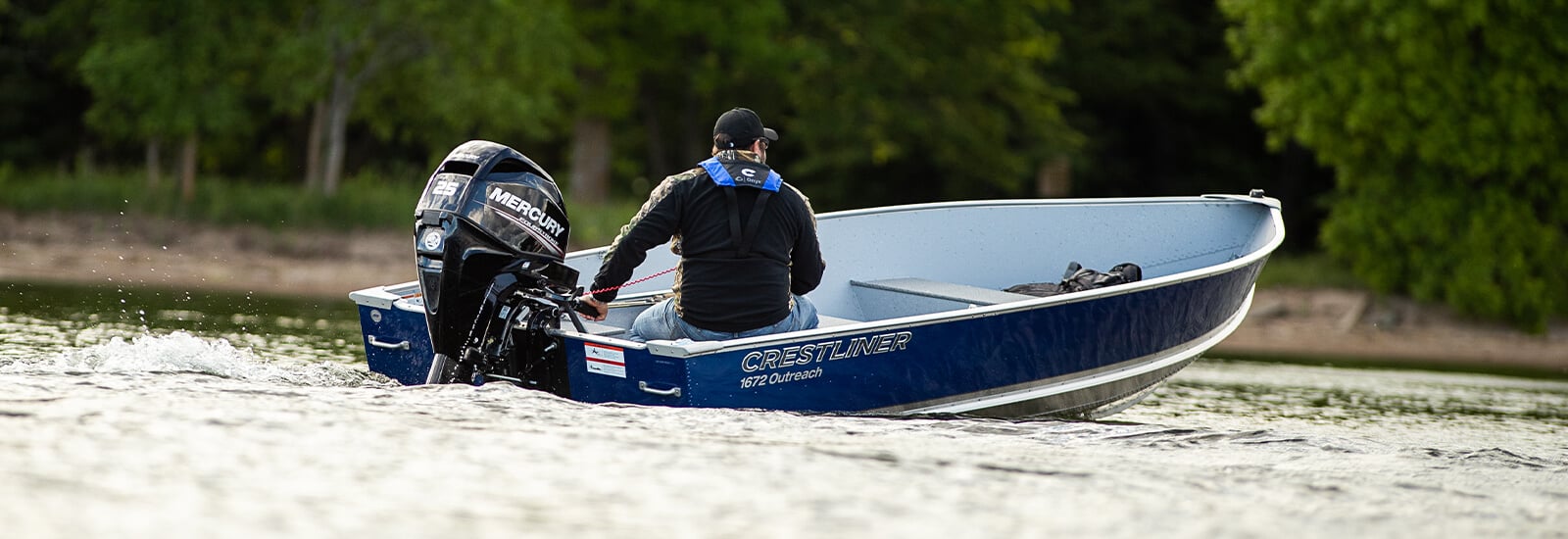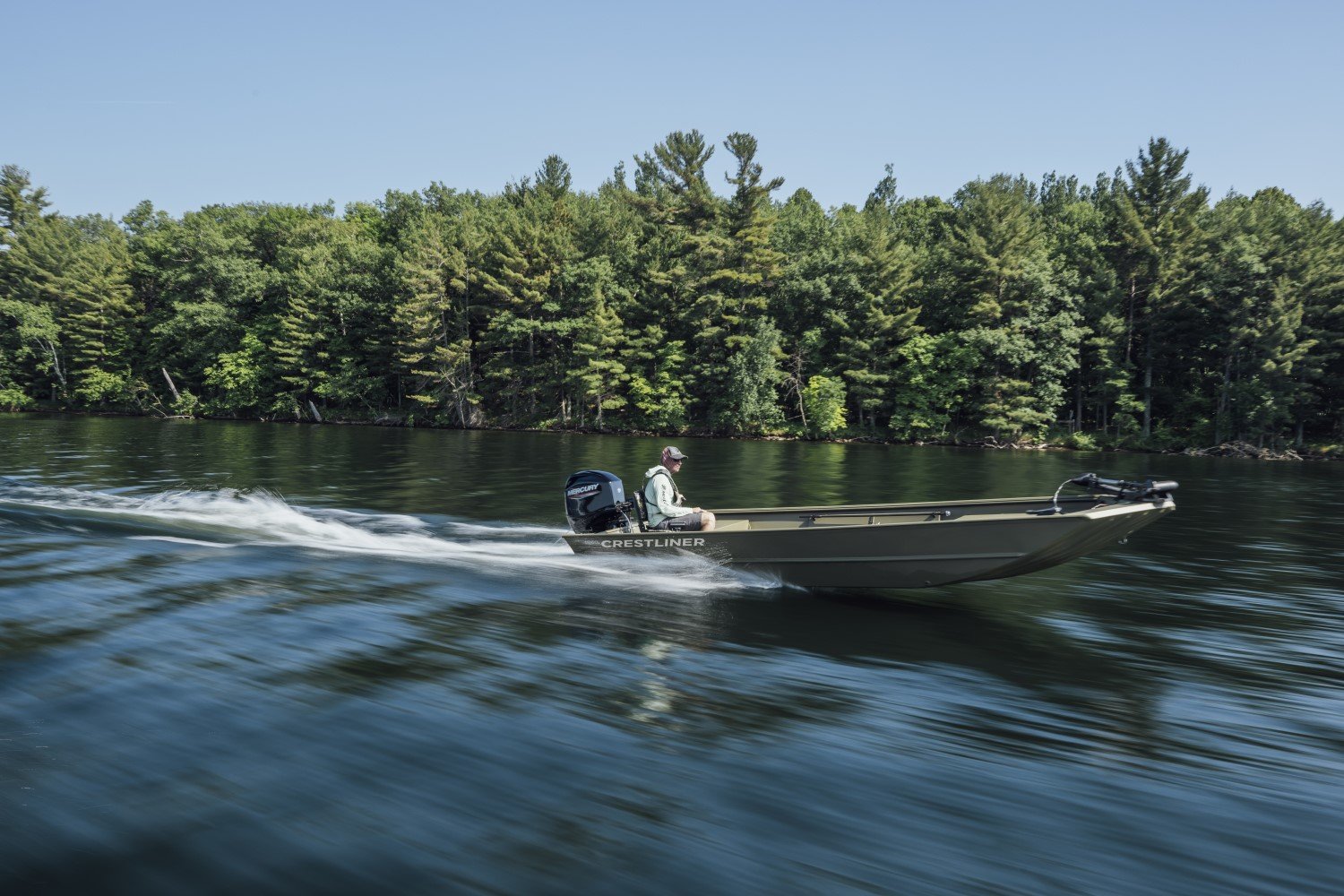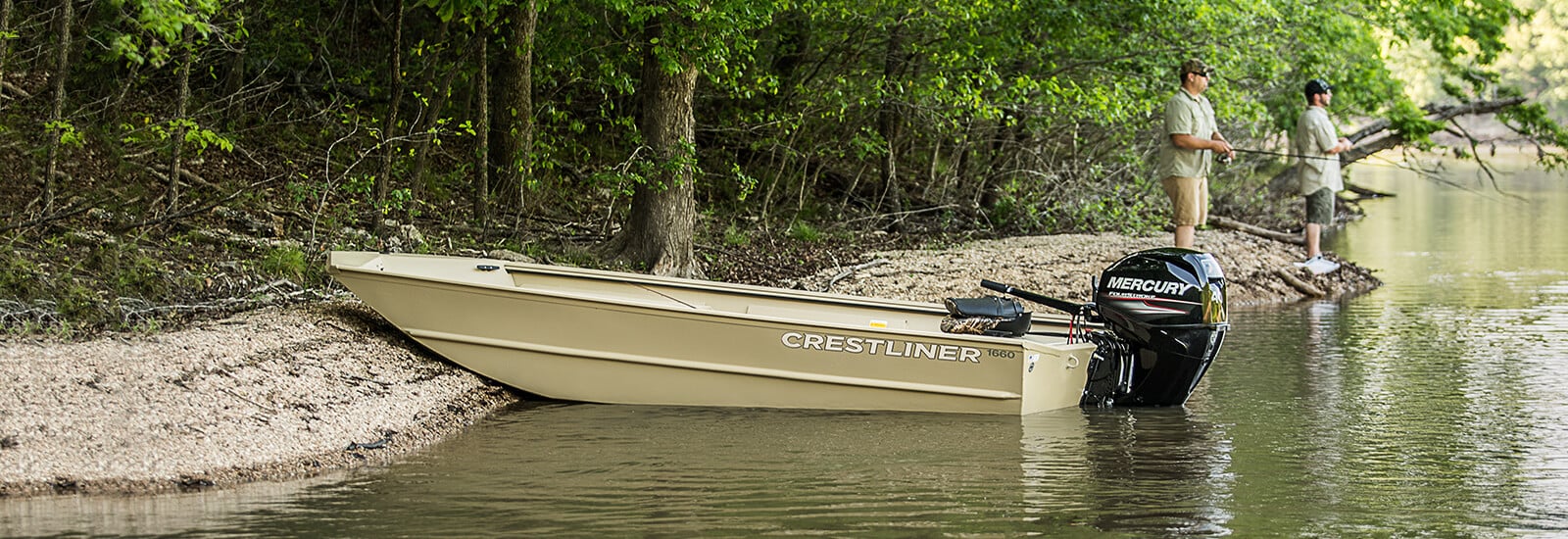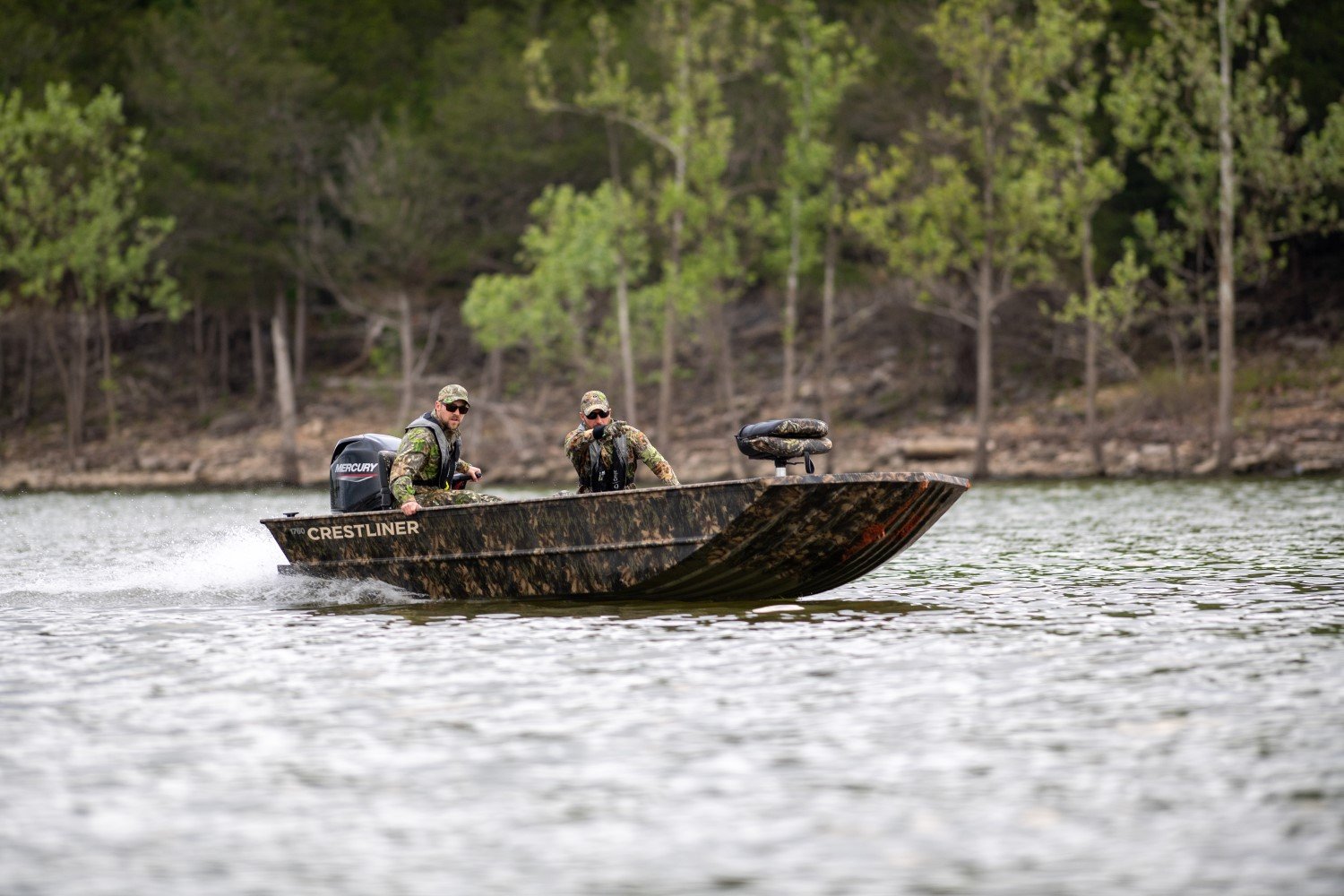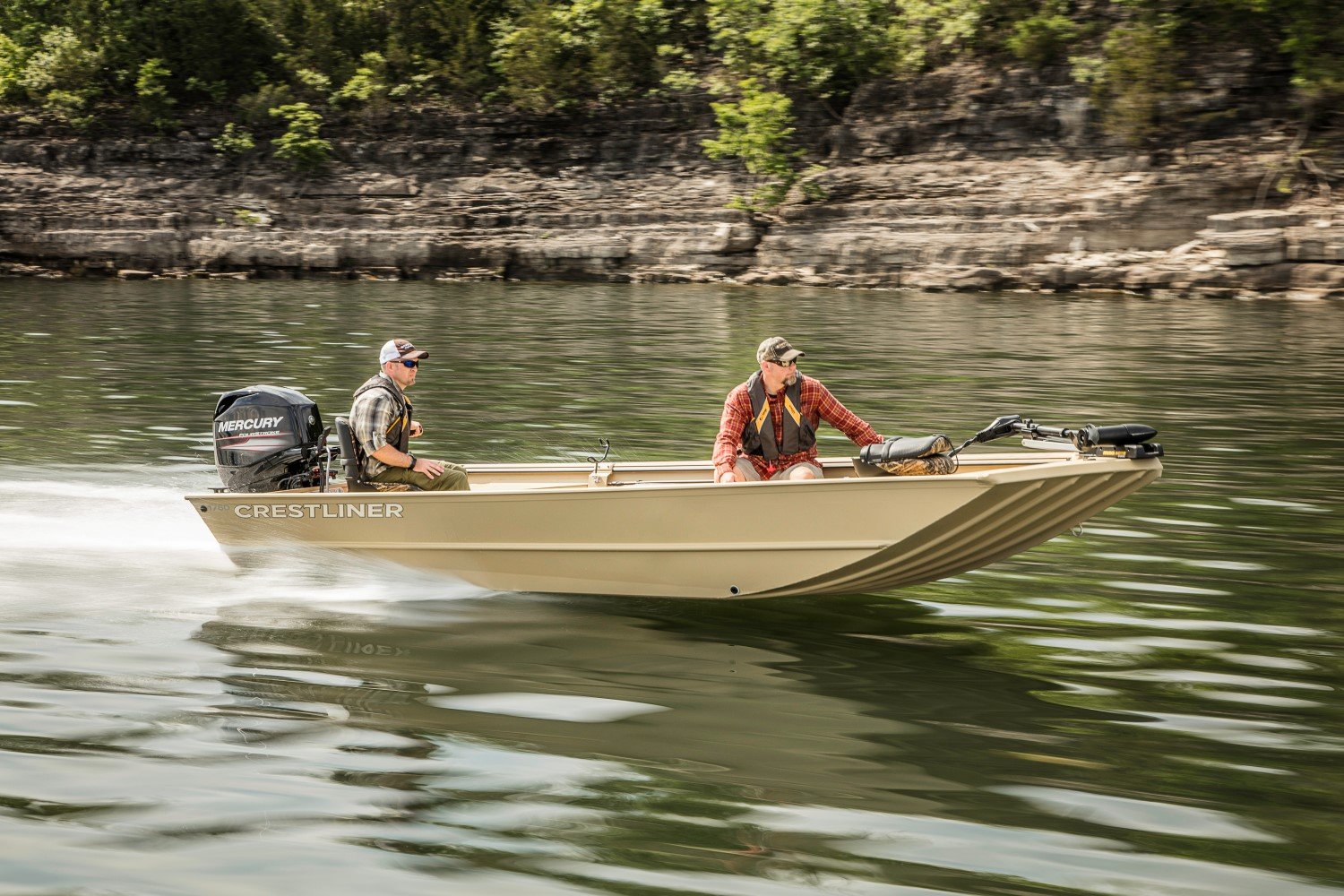ALUMINUM OR FIBERGLASS?
BUYING YOUR NEXT BASS BOAT.
06/11/2018

Buying a Bass Boat: Aluminum vs. Fiberglass?
Buying your first or next bass fishing boat can be a difficult decision with a lot of variables to pay close attention to. After you set your heart on a new boat you’ll need to decide how, where and with who you’ll use it. After running those ideas through your head you’ll probably look to factors like reputation, fishability, durability and cost of ownership. But one of the biggest decisions you’ll have to make might be the most difficult: Aluminum or Fiberglass?
While fiberglass boats have long enjoyed a reputation as the go-to choice of serious tournament bass anglers, there are serious cracks in the perception that an aluminum boat isn’t up to the same ride quality, fit and finish and high performance of their fiberglass counterparts. Today’s advanced construction techniques and extreme durability have taken the aluminum vs fiberglass conversation to the next level.
Pro Angler Approved
The aluminum bass boats available today are wider, more stable and offer more creature comforts than ever before. Just ask Crestliner Pro John Cox, whose winnings prove aluminum boats can compete at the highest levels in fishing.
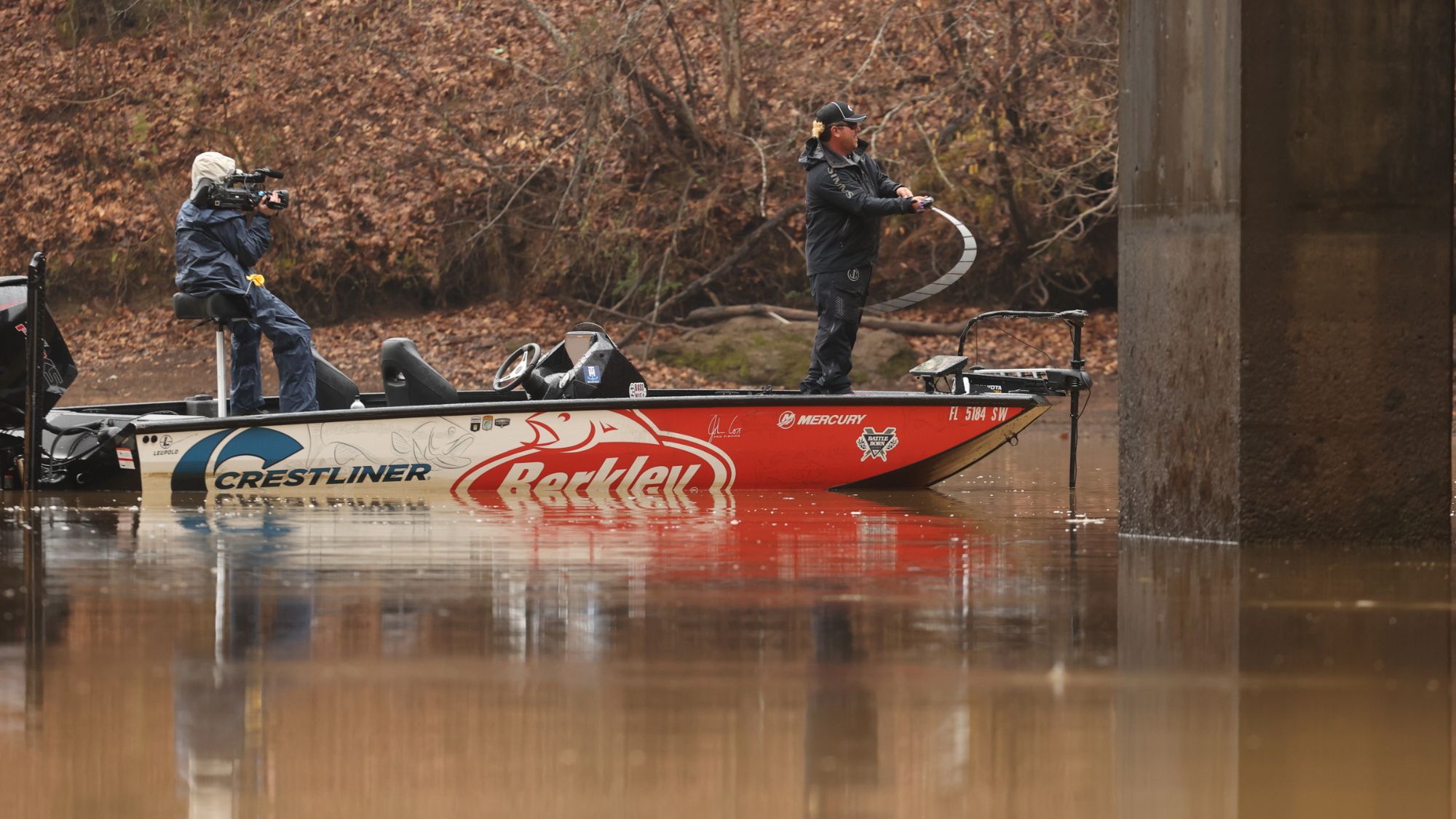
Cox says: “Fiberglass boats don’t have the same maneuverability. The Crestliner’s fishability is so much better than a fiberglass. I can take my MX 21 places anglers fiberglass can't go and that's a huge advantage."
Crestliner bass boats shine as an example of what’s possible in an all-welded aluminum boat. With a wide, stable beam, wood-free construction and tournament-level fishing features, the MX 21 competes head-to-head with more expensive fiberglass boats and is engineered for maximum durability to get you to places others boats wouldn’t dare to go.
The truth is, you’re not buying any less of a boat when you choose aluminum—there are boats for every budget and preference, including fiberglass. What you’re buying with aluminum is a different boat owning experience altogether.
Aluminum or Fiberglass: An Ownership Story
The biggest difference between today’s aluminum and fiberglass boats is the inherent properties of the material. Aluminum can bend, but it won’t crack. The premium aluminum construction of a Crestliner makes our hulls extremely difficult to sideline. That specific benefit of aluminum gives owners tremendous peace of mind that will last from one owner to the next. That extreme strength translates into durability that helps you routinely beach and battle the biggest waters without a second thought. Because fiberglass is woven with resin it’s naturally susceptible to breaking down over time. When not properly maintained, fiberglass can require costly patching and repairs to maintain its integrity and durability.
Weight & Fuel Efficiency
Aluminum boats are also generally lighter, which means you get greater power-to-weight with the same HP engine. Although the power-to-weight ratio is dependent on specific models, when compared for purchasing sake, the lighter weight of aluminum can be an advantage for getting on plane and grabbing the holeshot. Lighter also means greater fuel efficiency when towing and running, and who would argue with saving a few dollars at the pump?
Ride Quality & Maneuverability
When it comes to ride quality, aluminum boats can compete with anything on the water. It features a Mod-V hull that provides instant planing, precision handling and a smoother ride than ever before. Adding to the ride quality is a wide beam that keeps the hull very stable when trolling. Concerning noisy aluminum rides: not a concern anymore. Today’s integrated stringer systems combined with an exceptional fit and finish on the deck dampen the chatter of high-speed riding.
Absolute Peace of Mind
Aluminum also comes with a feature that’s hard to find in fiberglass: true peace of mind. The extreme durability of a seamlessly welded hull is something Cox appreciates: “You have to know your boat can take whatever you need to go catch fish. Sometimes, that means getting yourself into some crazy places where you’re relying on that boat to perform to the highest level. In my experience, fiberglass just doesn’t give you that same total sense of security. There are great glass boats out there, but I don’t feel like I’m compromising anything when fishing in a Crestliner.”

High Performance Fishing
Fact: fishing electronics and technology are becoming an even more critical component to any effective tournament anglers’ approach. And the MX 21 is well-equipped for that task from bow to stern. Up front, it features a bow control panel with space for 7” flush mount electronics. From the driver’s seat, anglers interface with a premium console design featuring a detailed instrument panel and space for 10" x 8.5” flush mount electronics. From the transom you can easily mount a shallow water anchor for dropping and locking your boat in position when working a specific spot. Combined, these innovative features create a strong case for aluminum in tournament fields dominated by fiberglass. When it comes to aluminum bass boats, Crestliner is ready to keep you one step ahead.
Making the Informed Choice on Aluminum
There is no doubt that fiberglass boats have earned their place among bass anglers. Spotlight endorsements and years of winning tournaments cemented a strong reputation among die-hard bass anglers. Today’s bass boat buyer can find their edge by seriously considering aluminum as an affordable alternative to the fiberglass boat owning experience. If you’re ready for a bass fishing boat that gives you more of everything that makes ownership easier at a fraction of the price of a fiberglass boat, don’t overlook Crestliner’s aluminum bass boats.
For more on this topic, see what Crestliner Pros John Cox and Jason Mitchell have to say about buying aluminum vs fiberglass boats.

